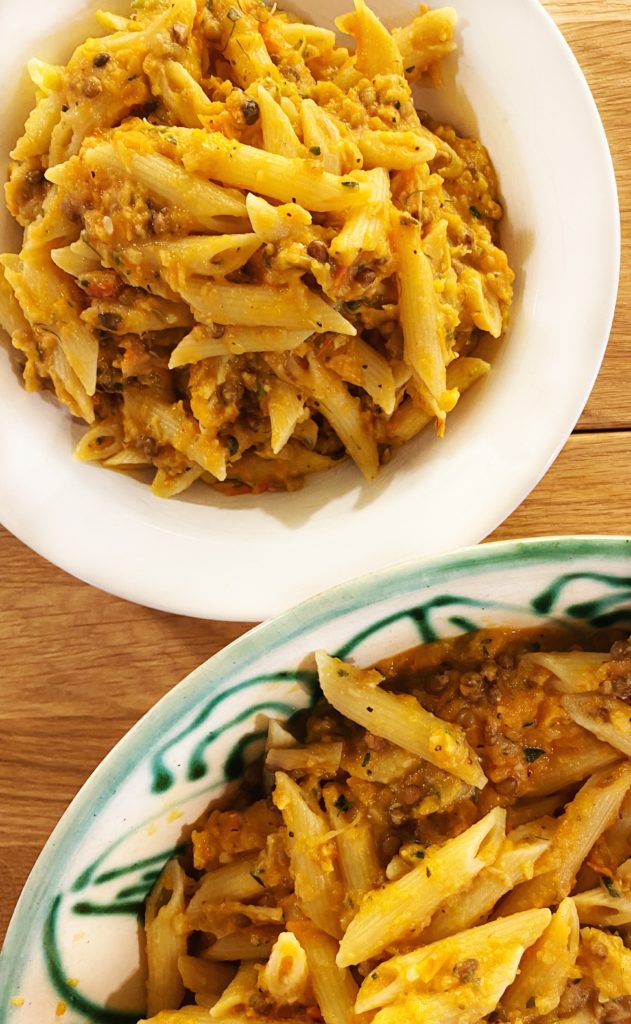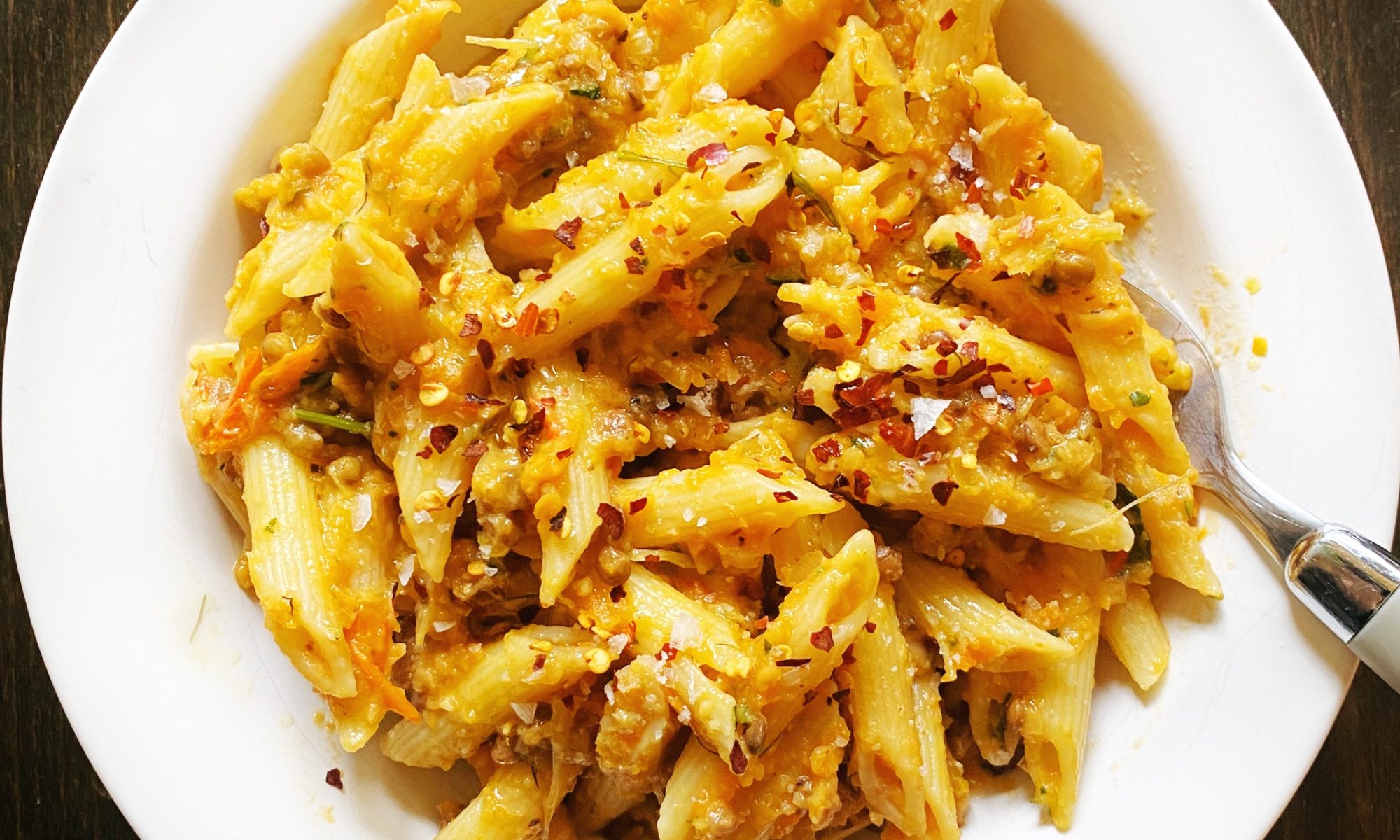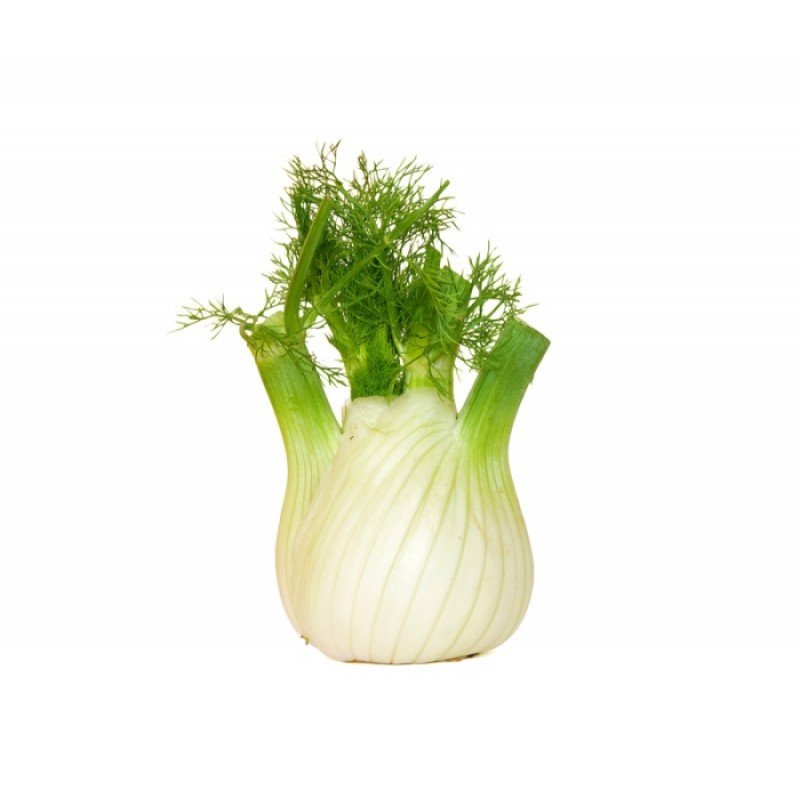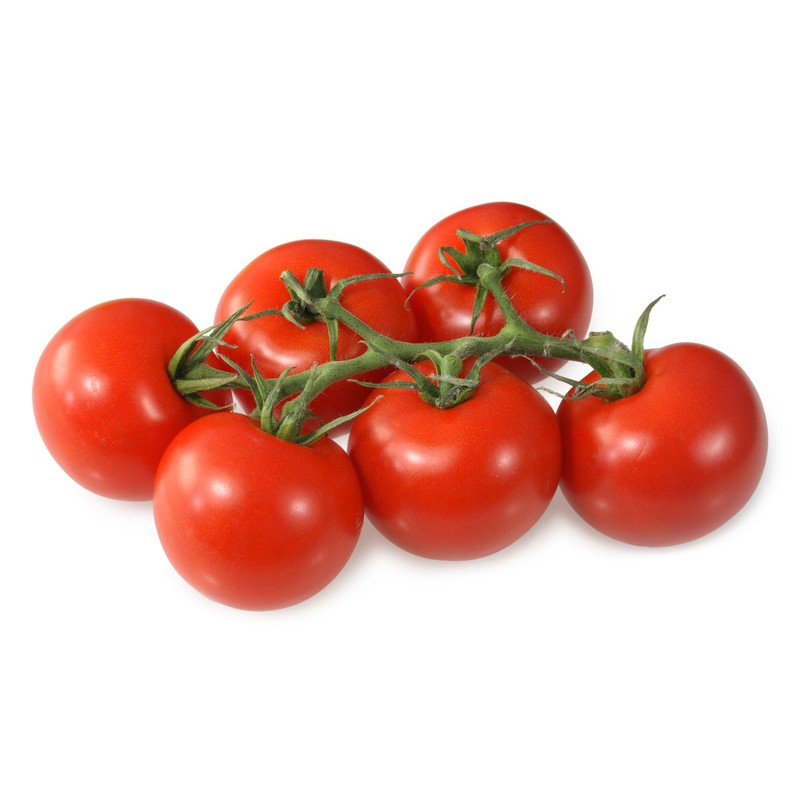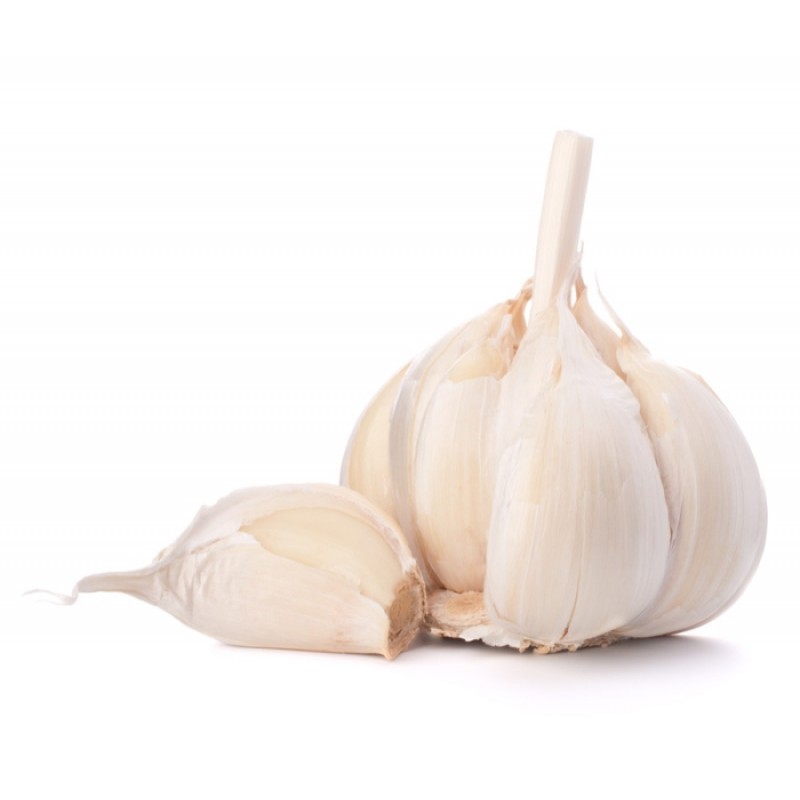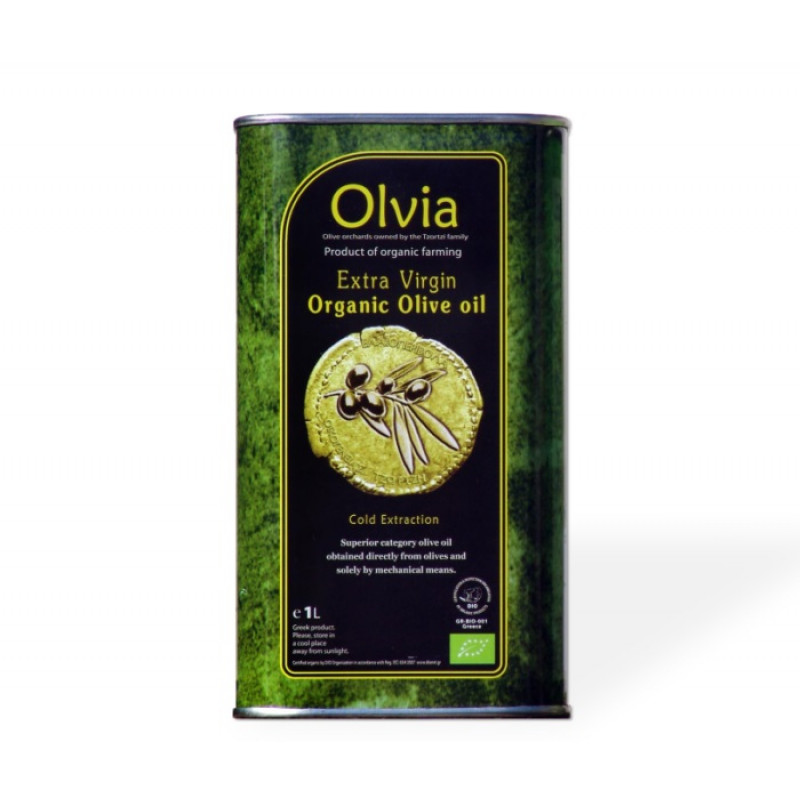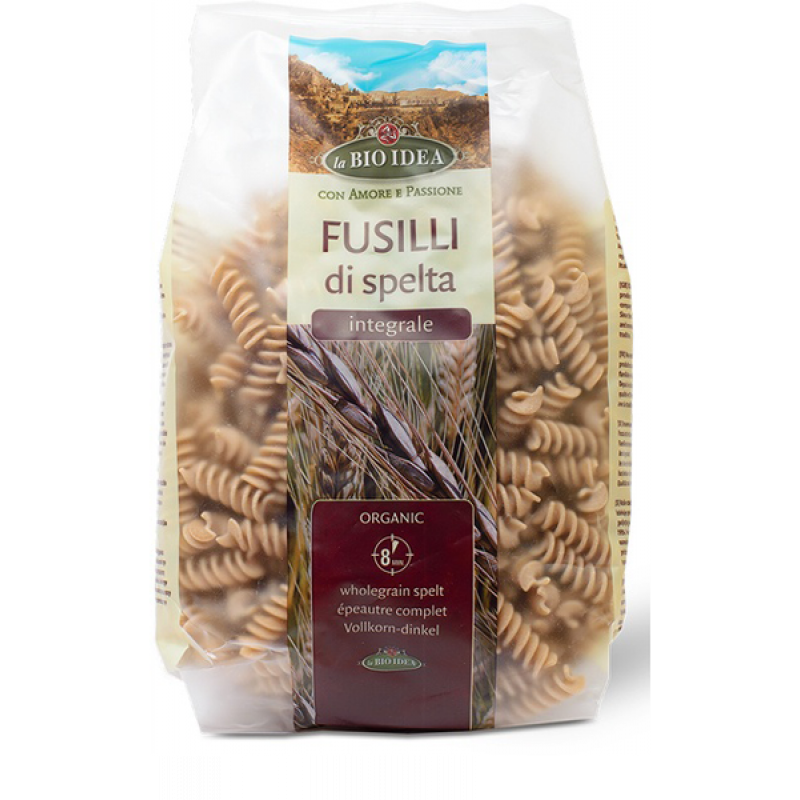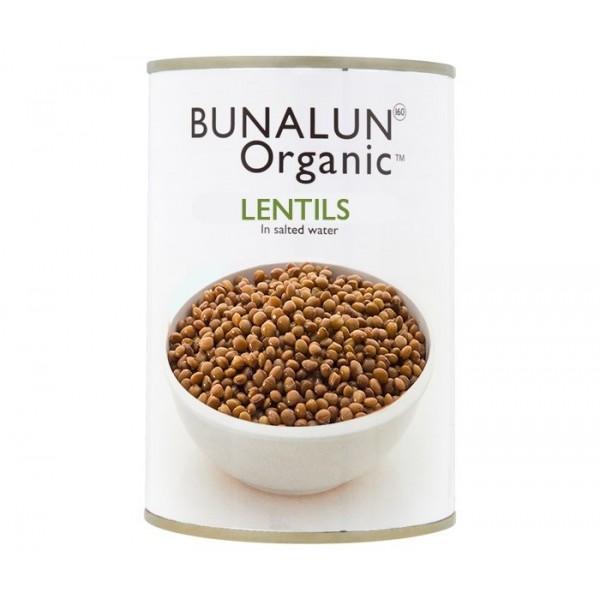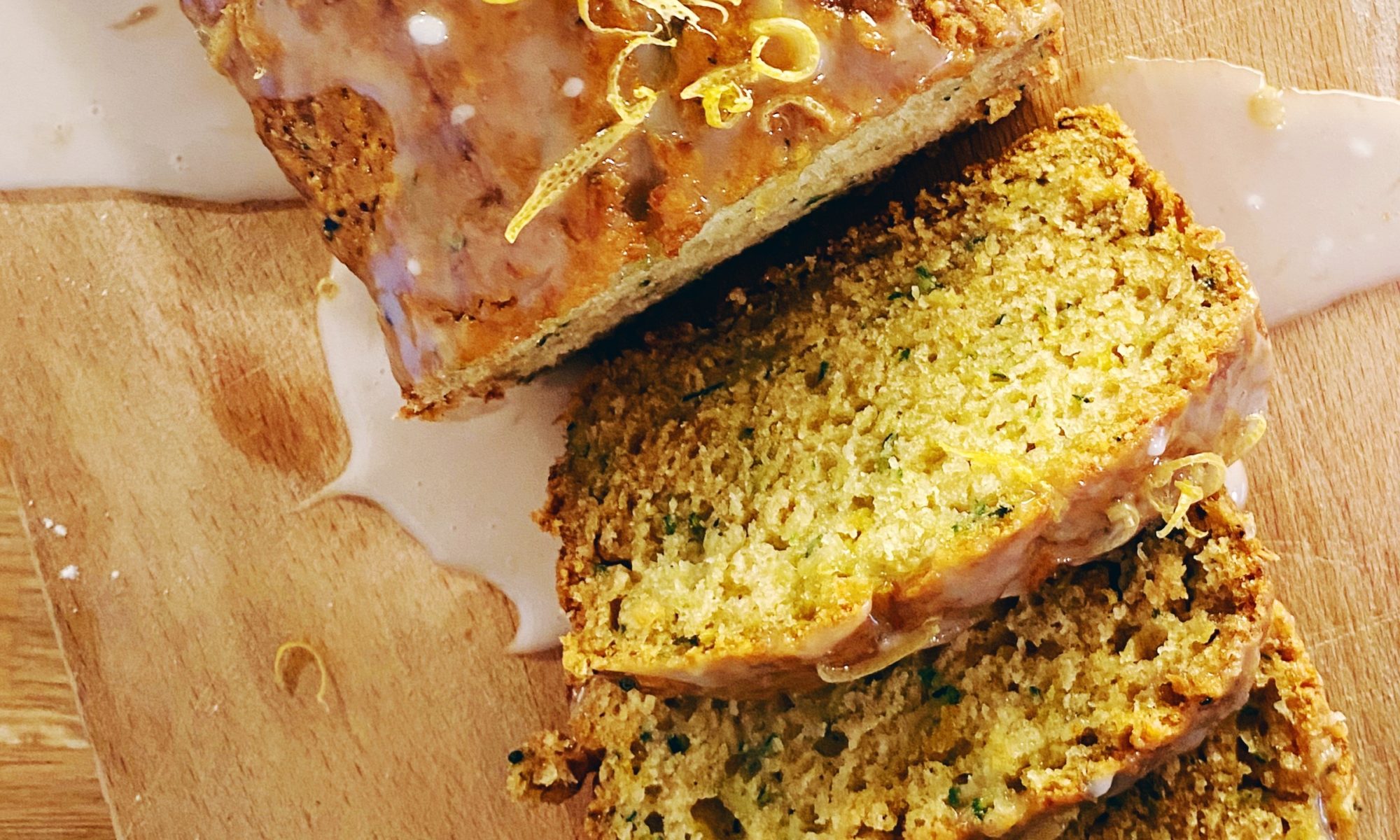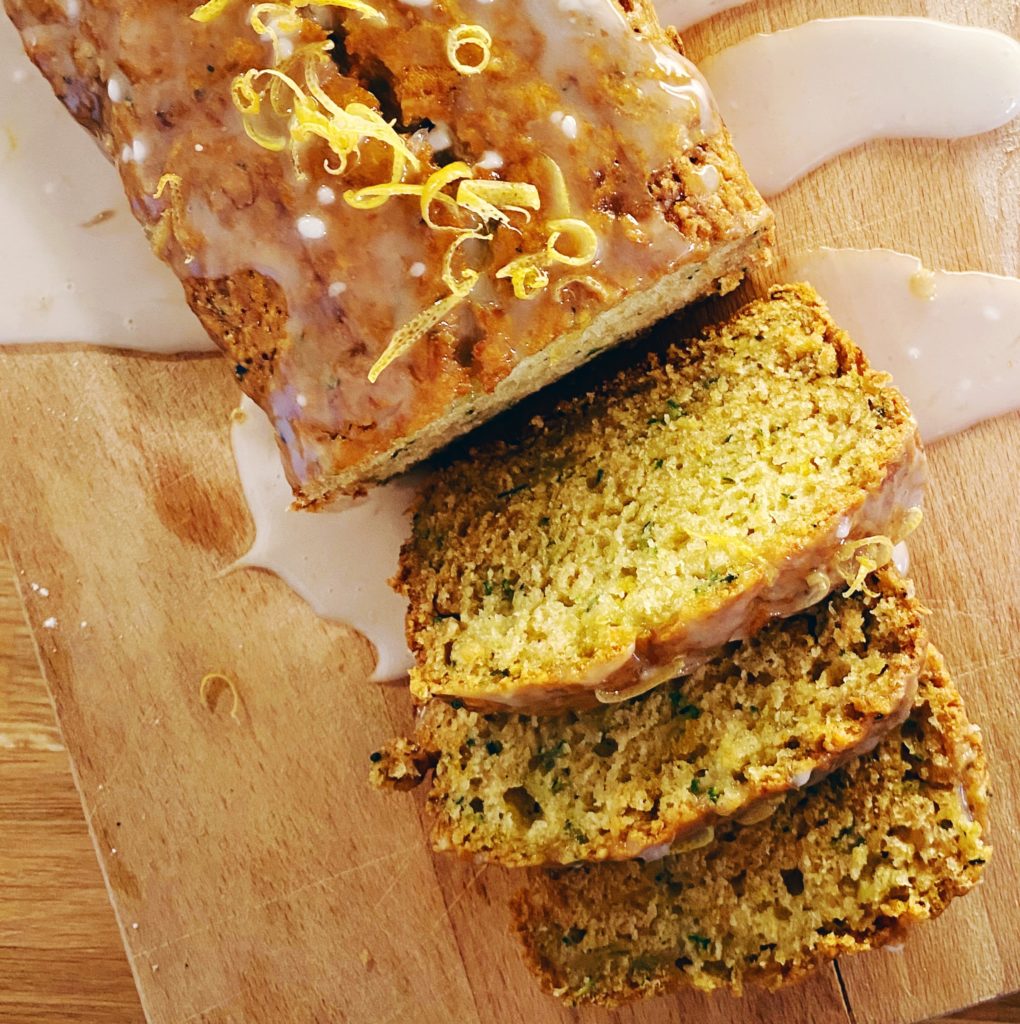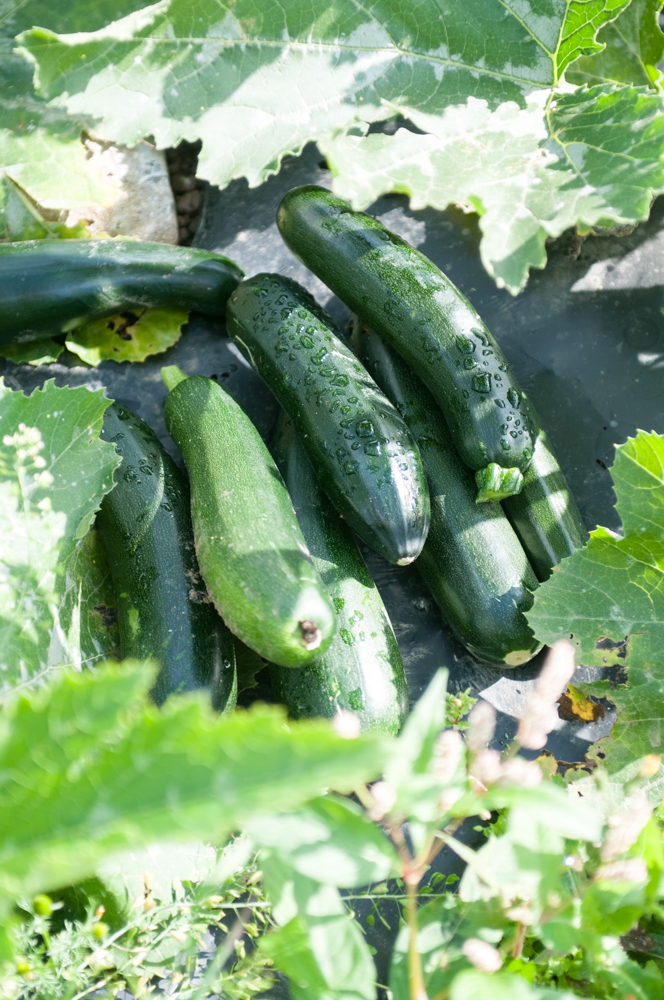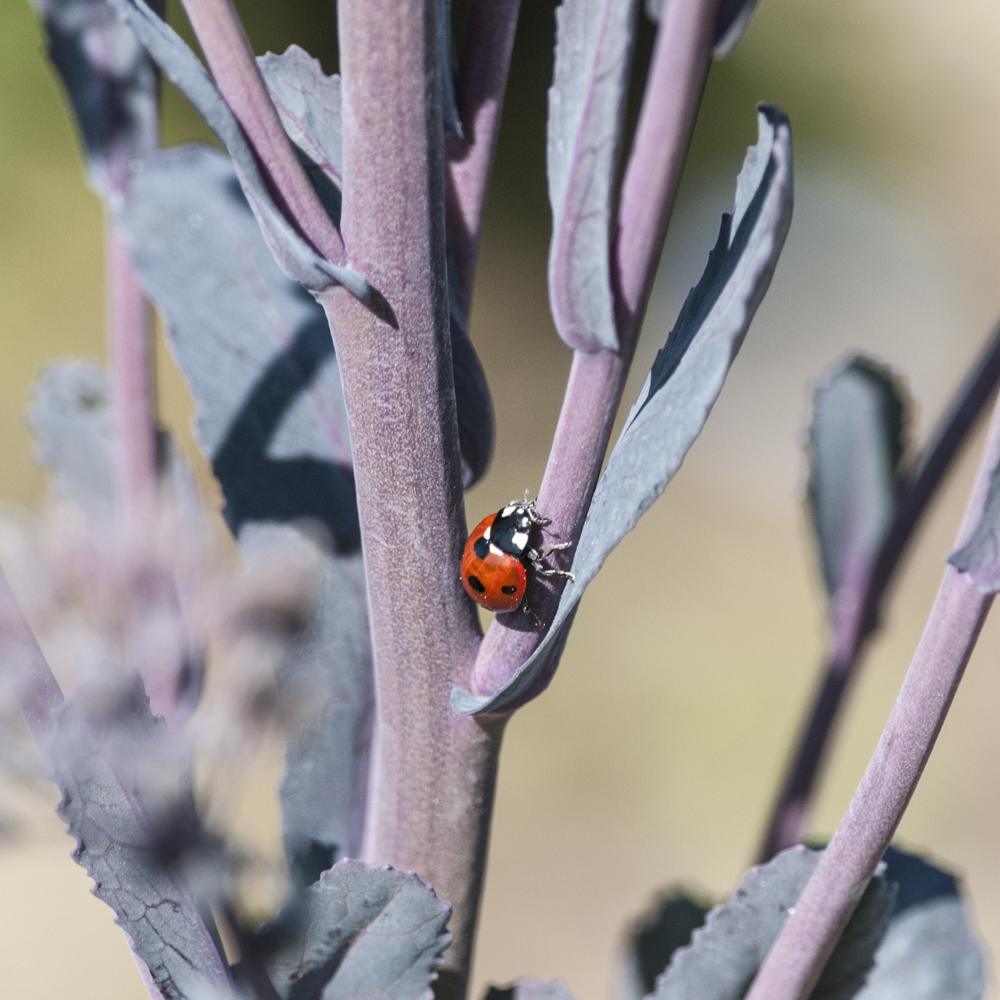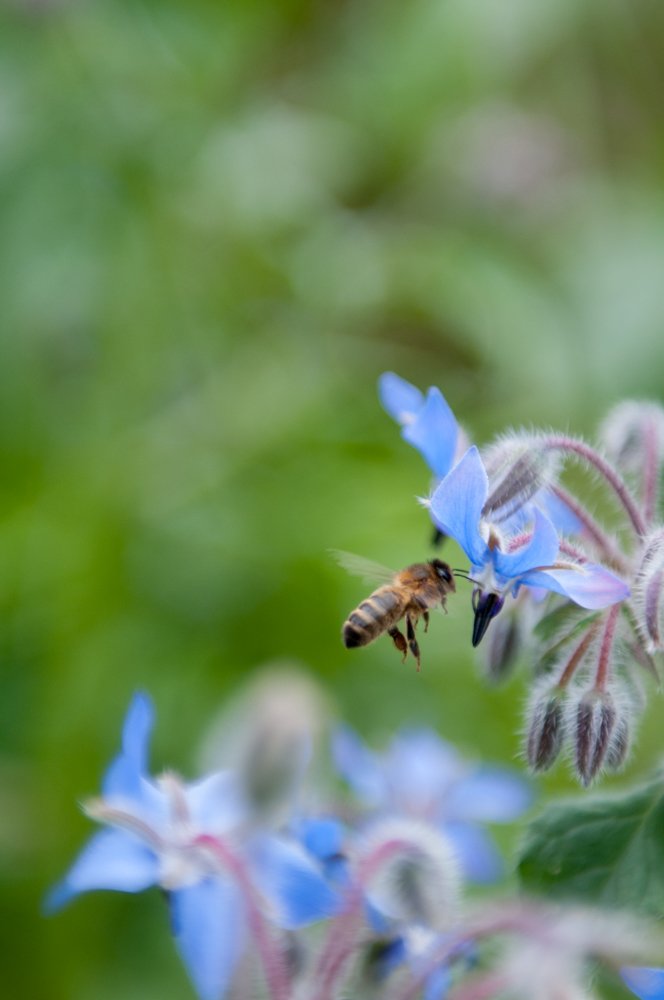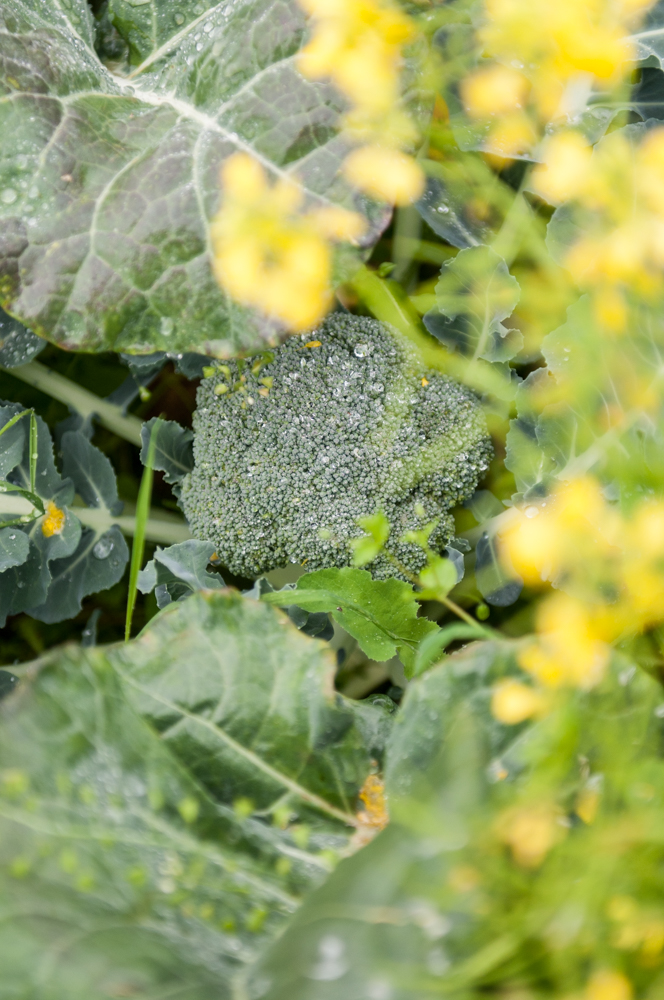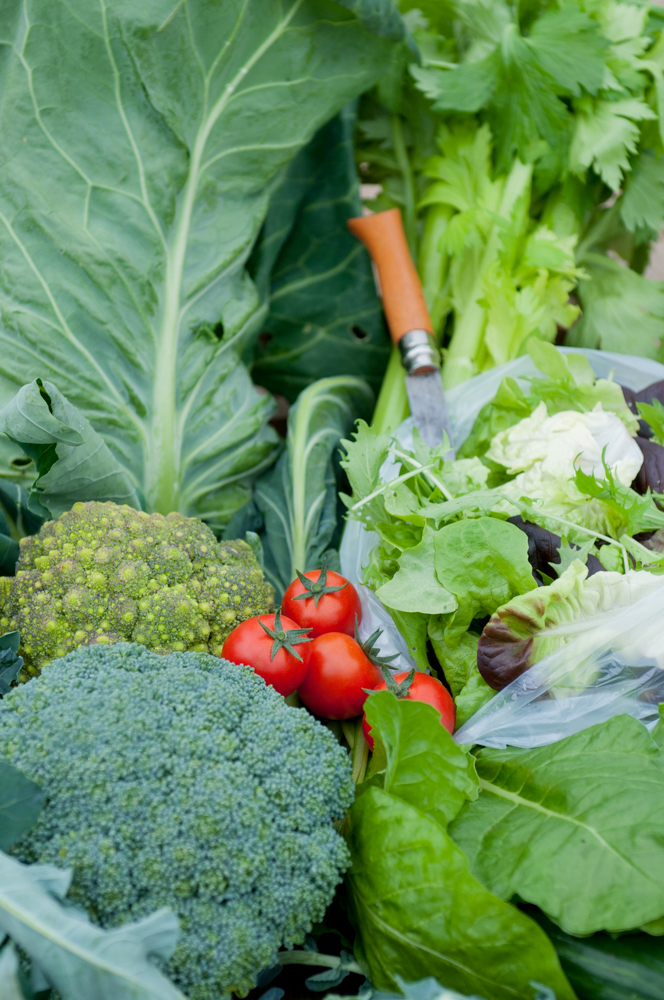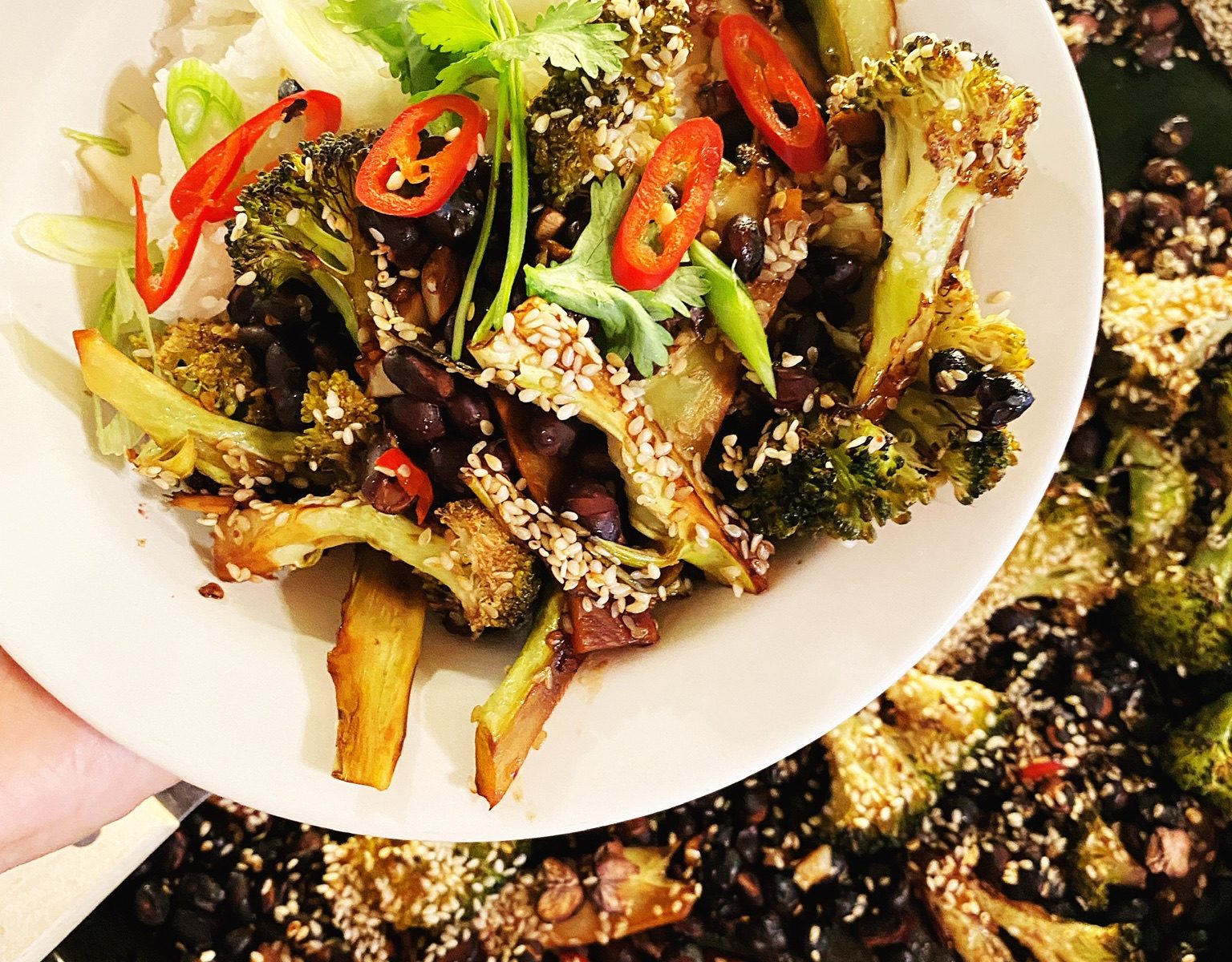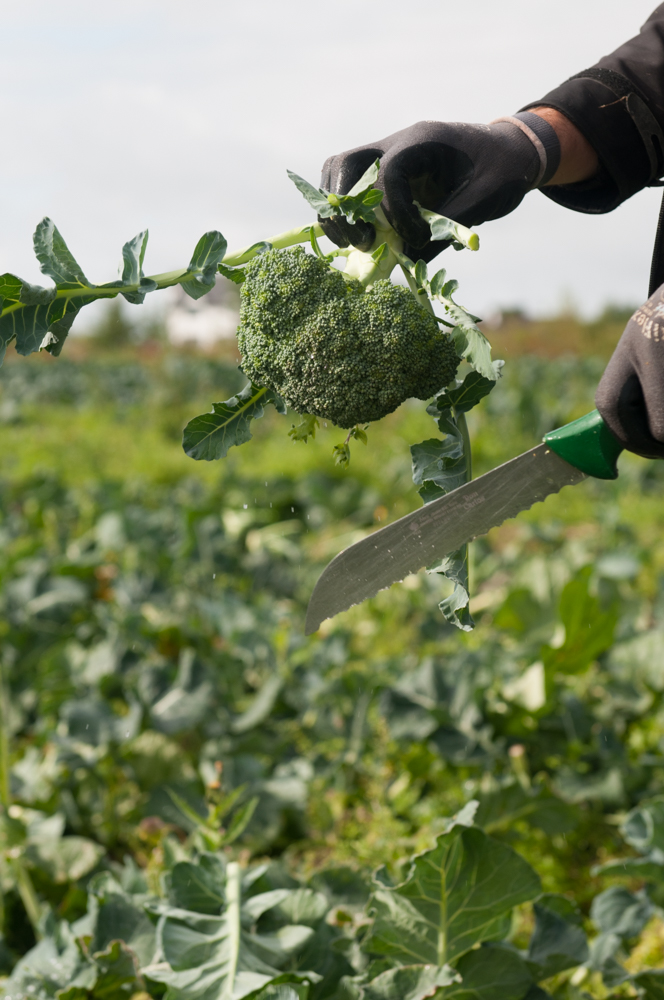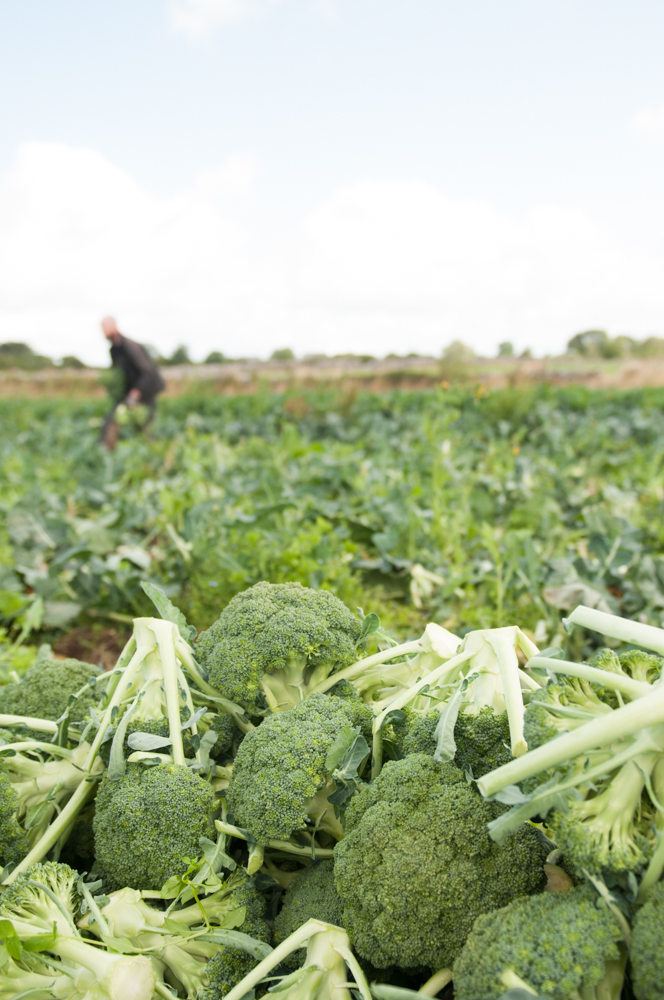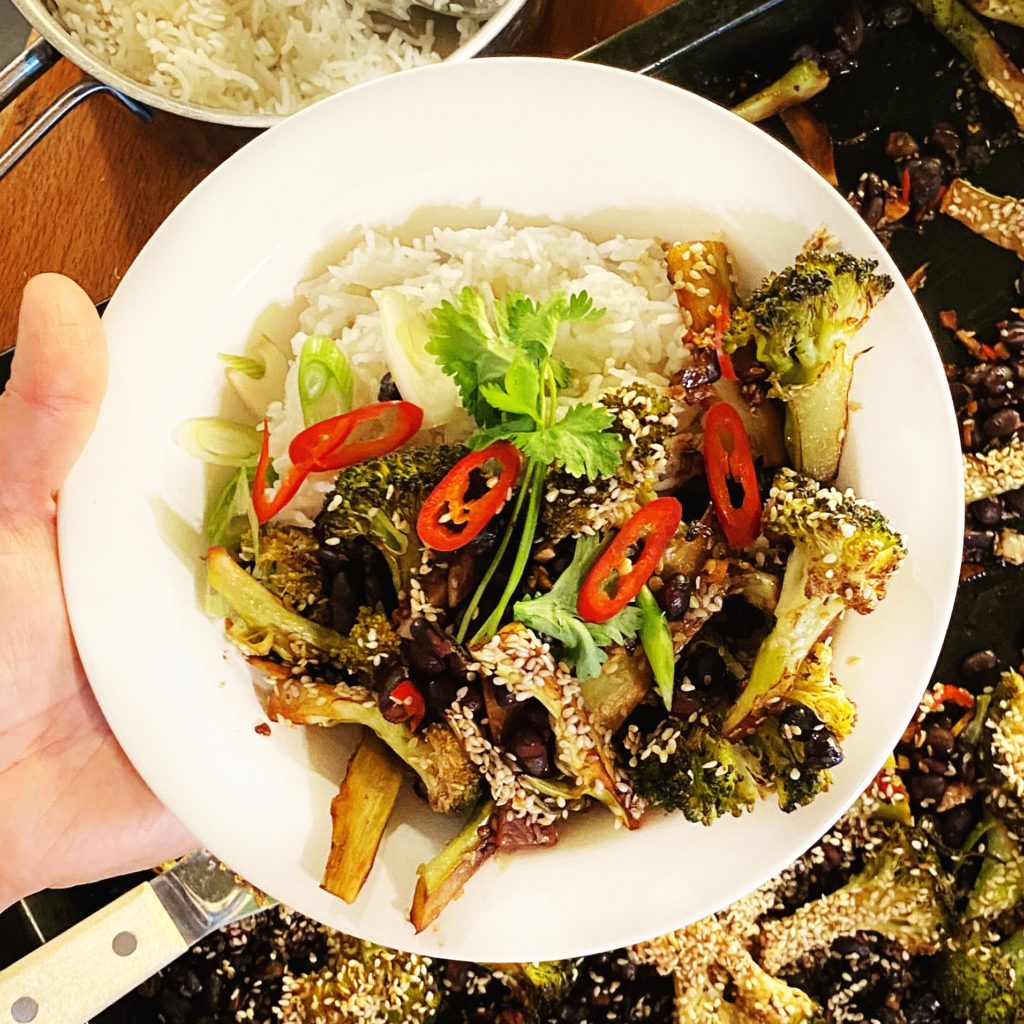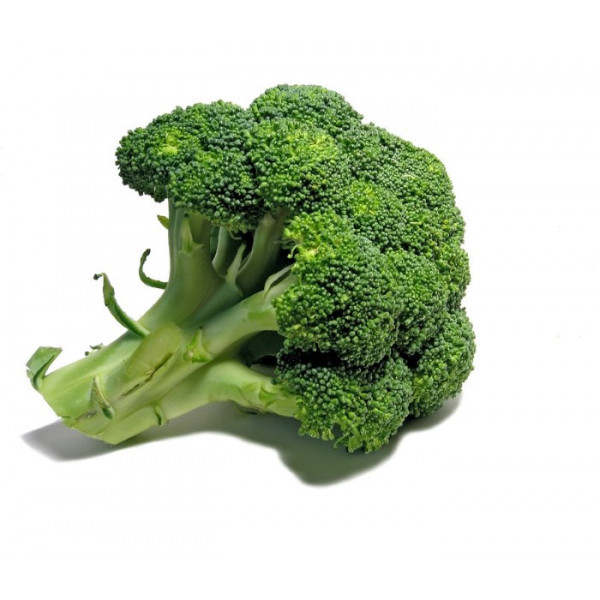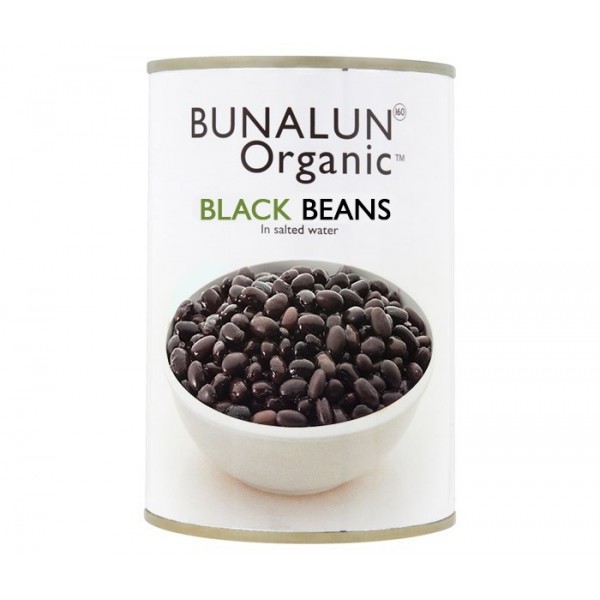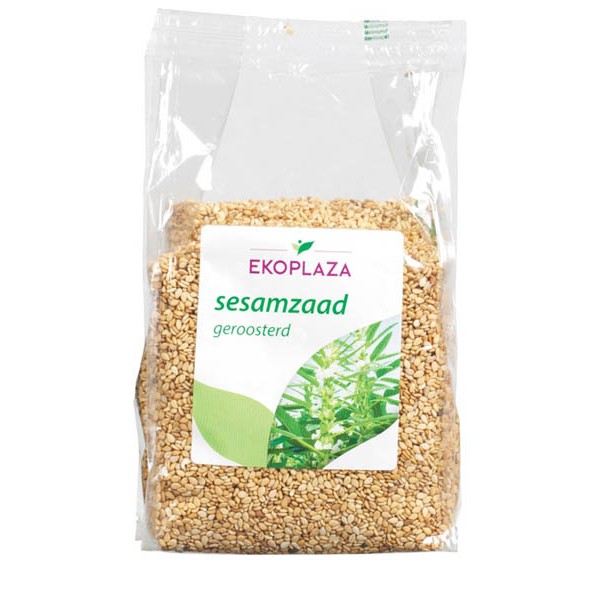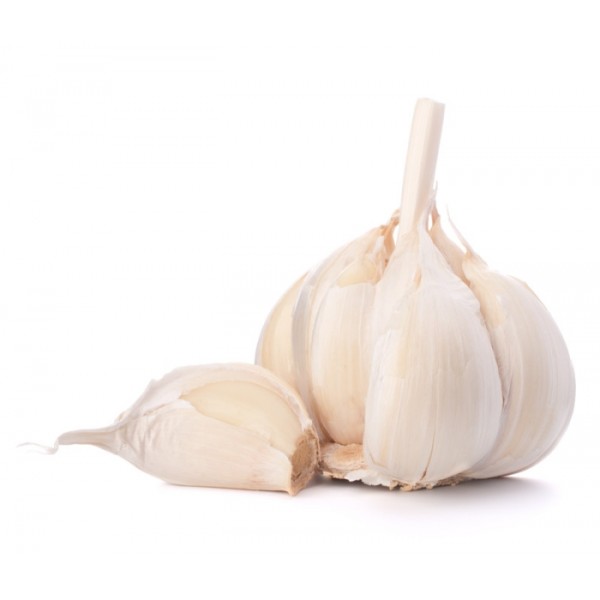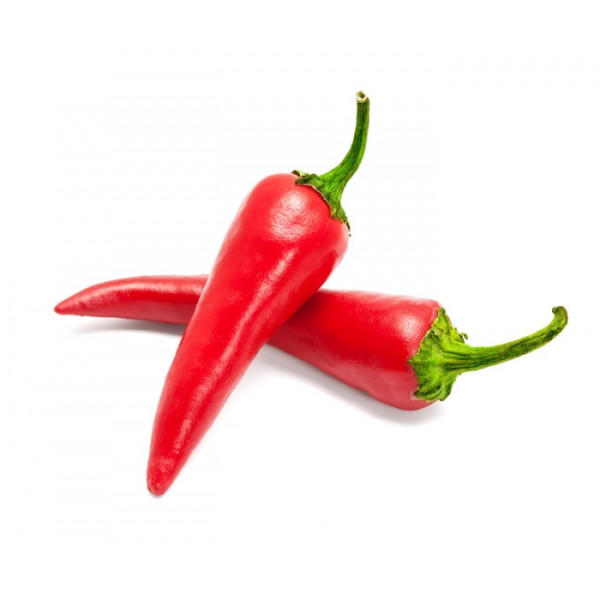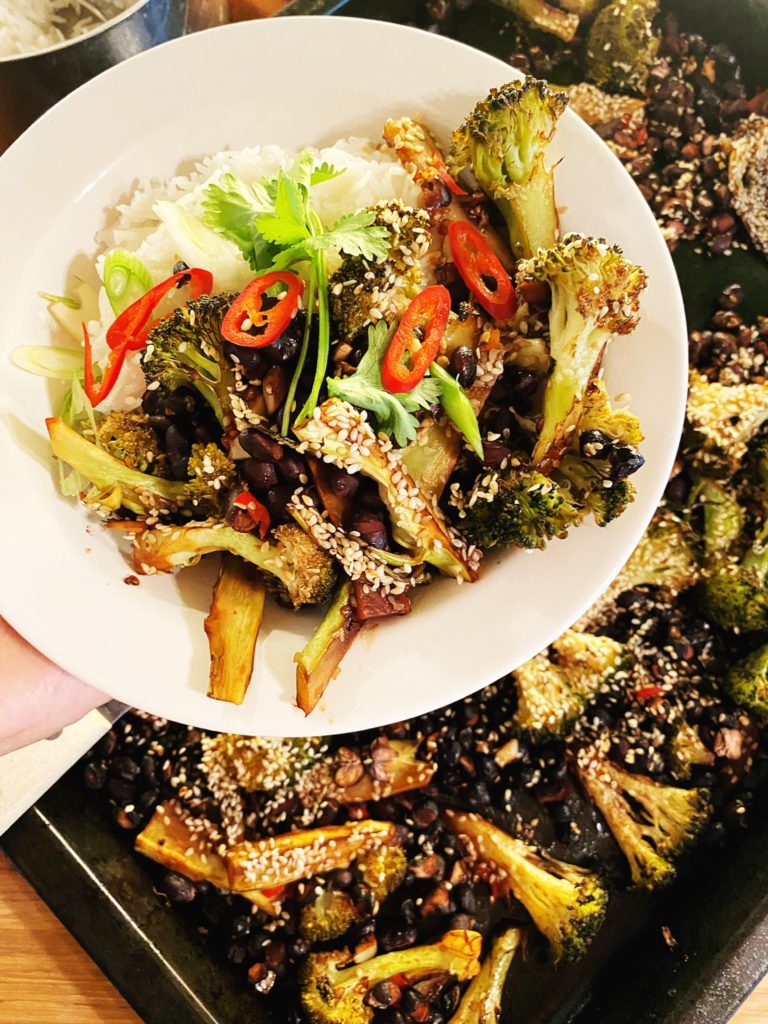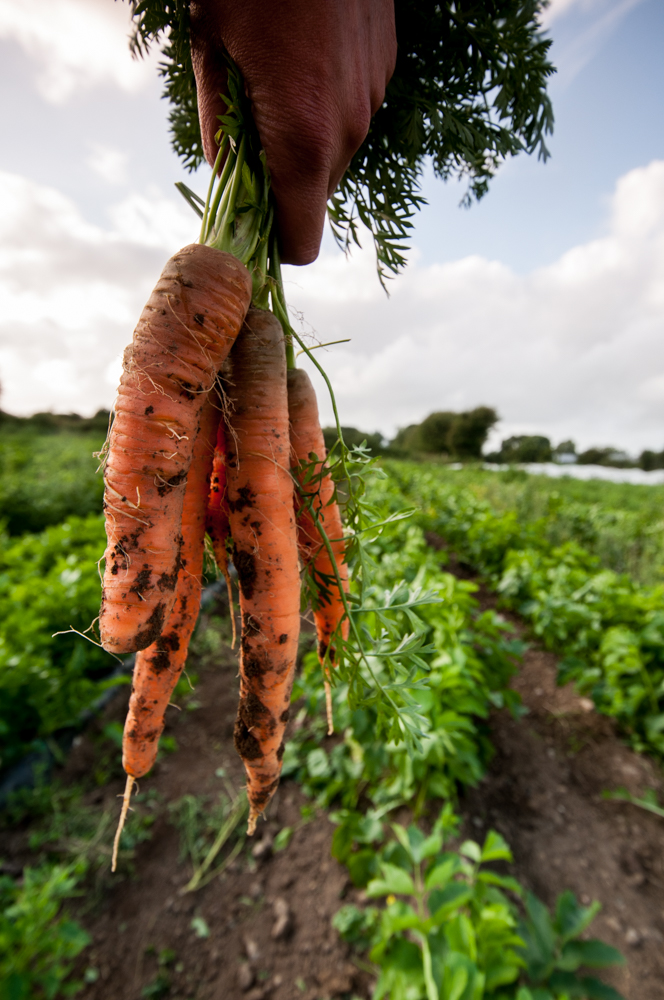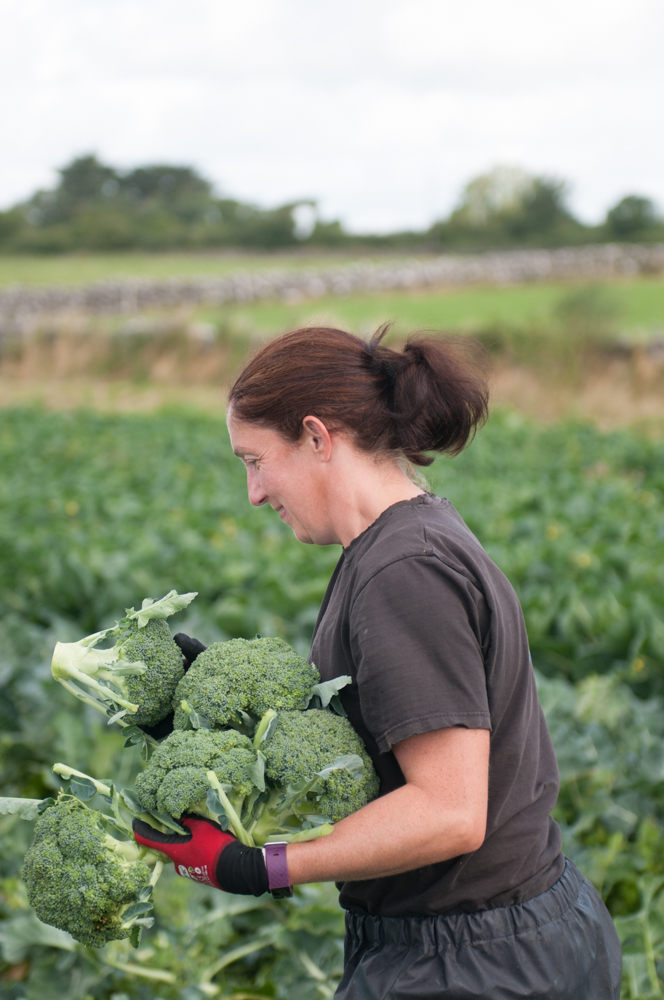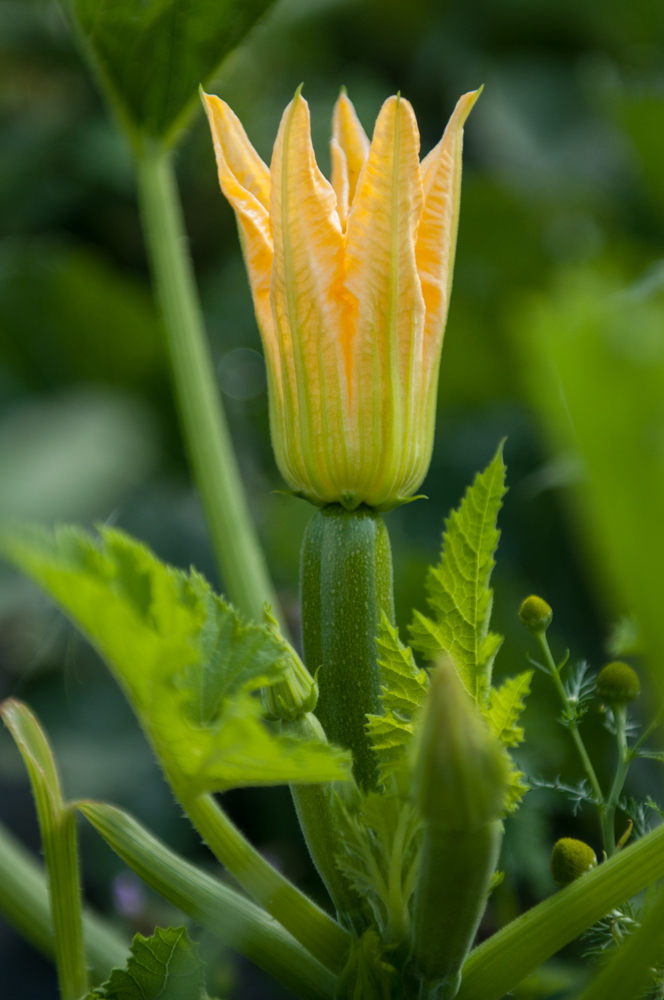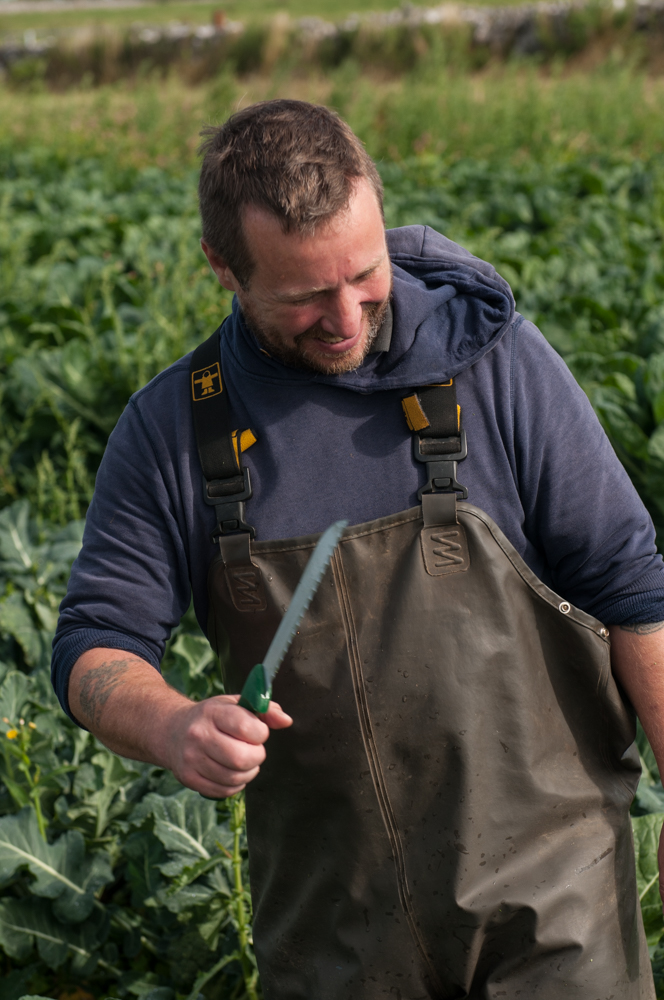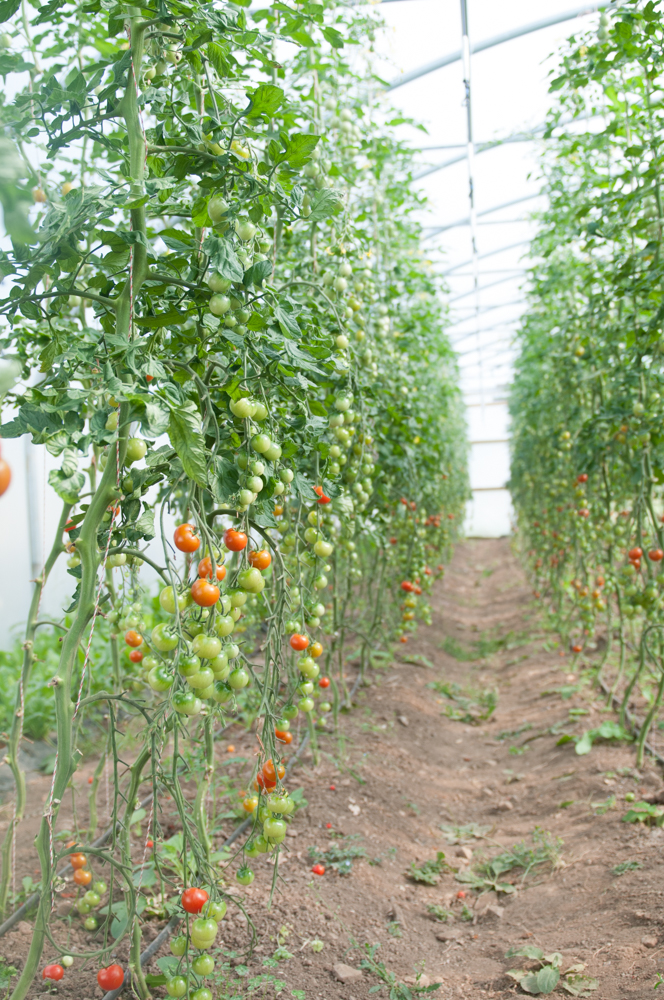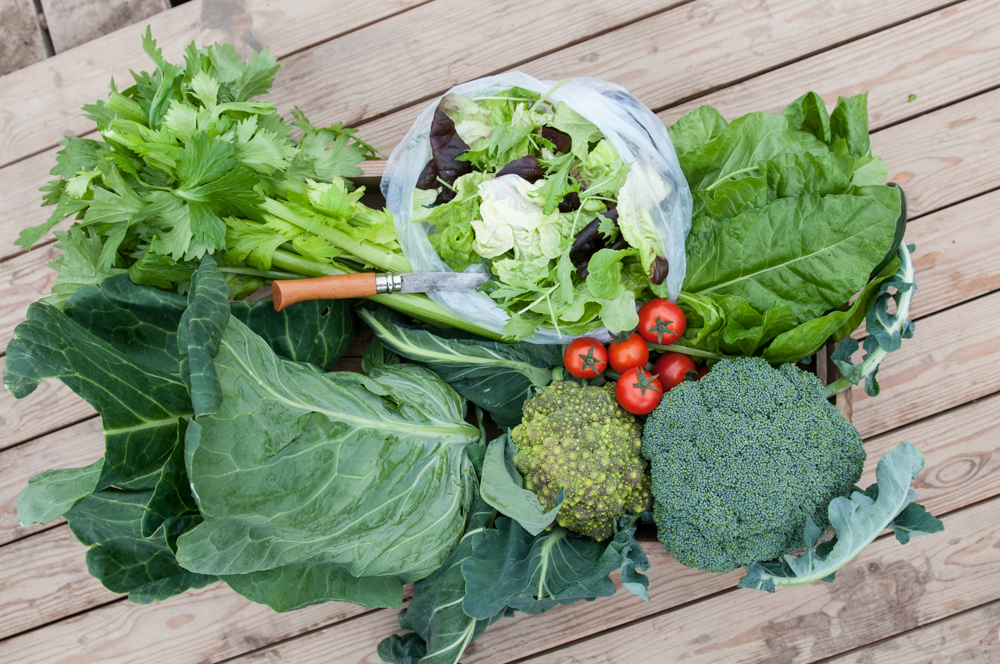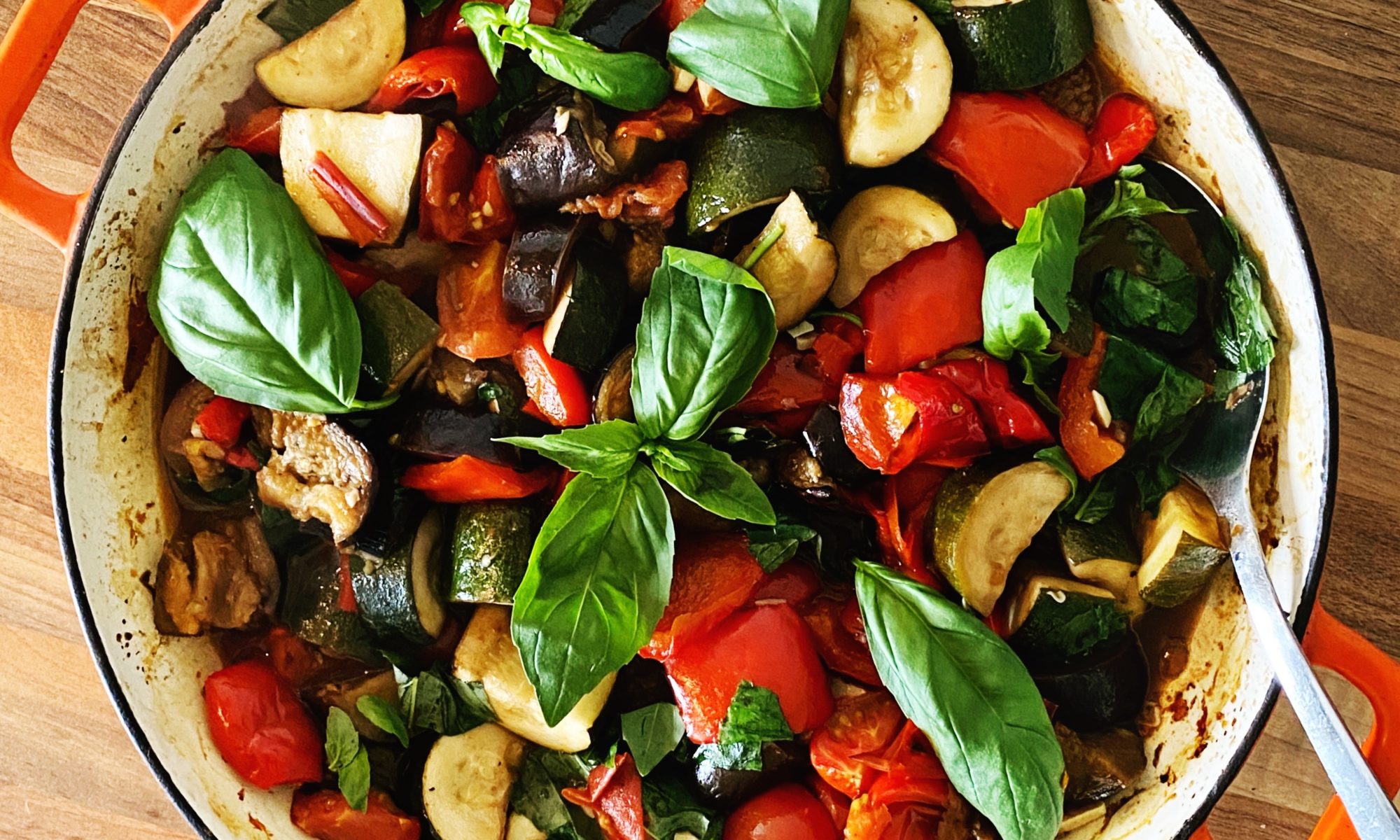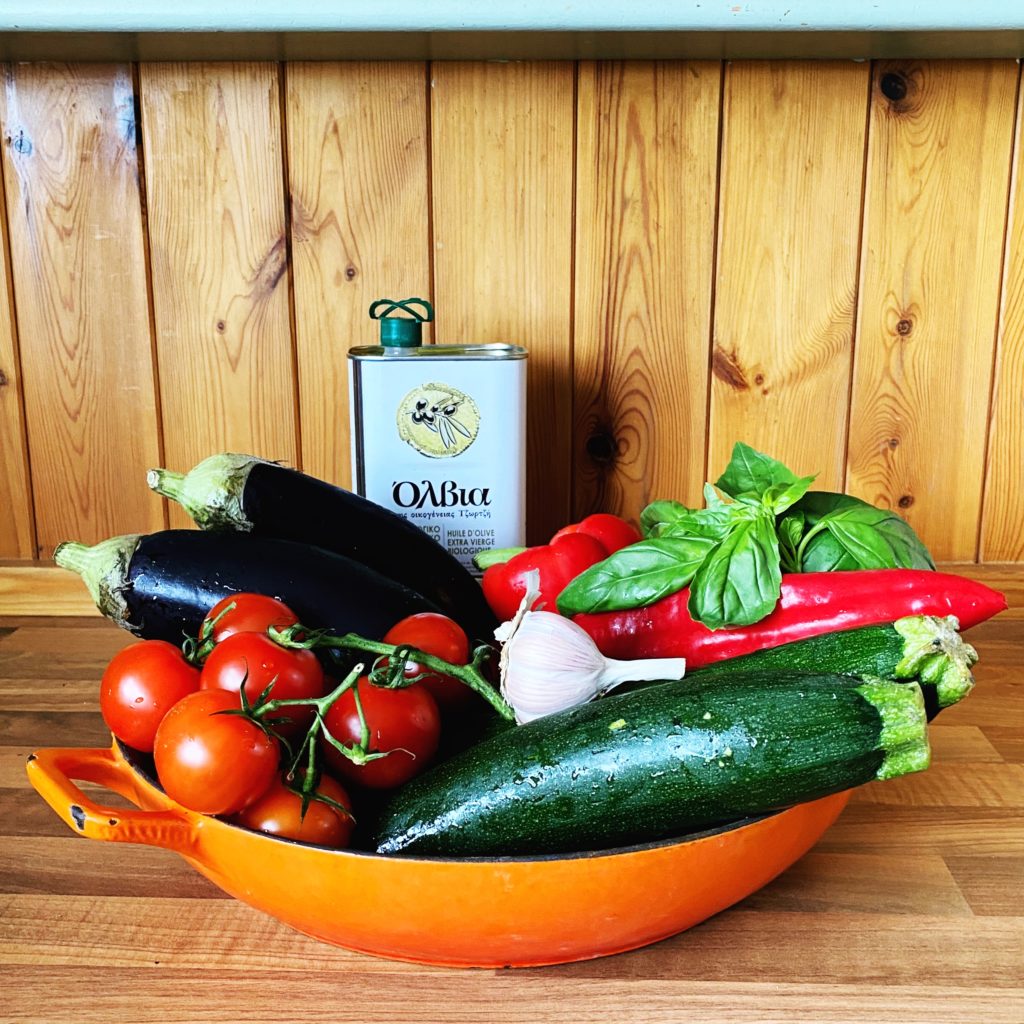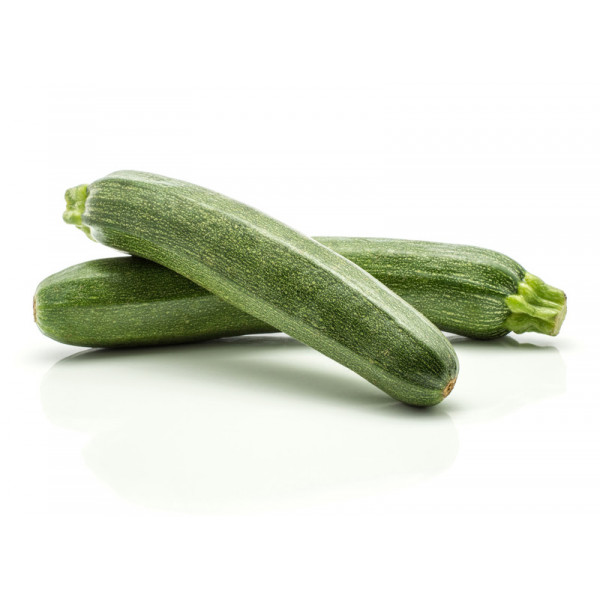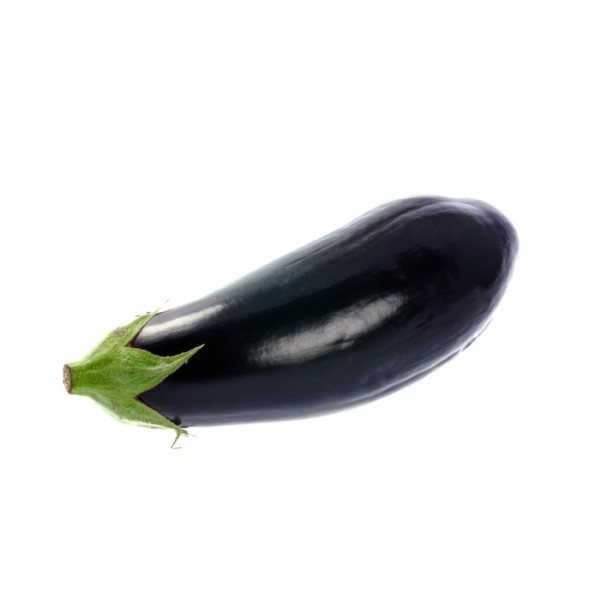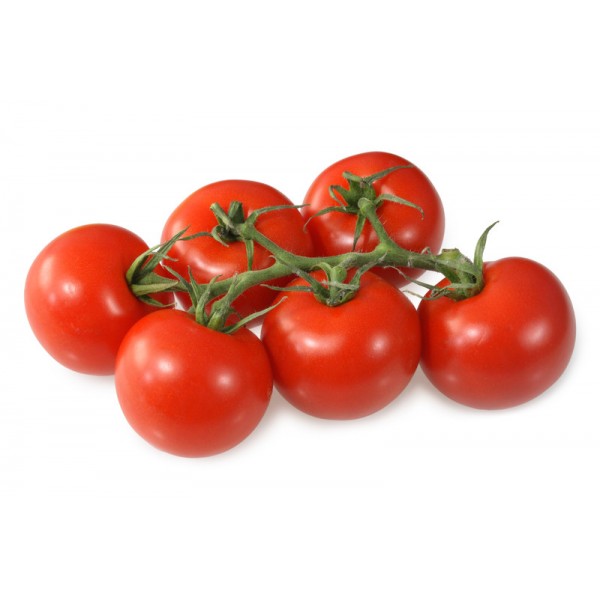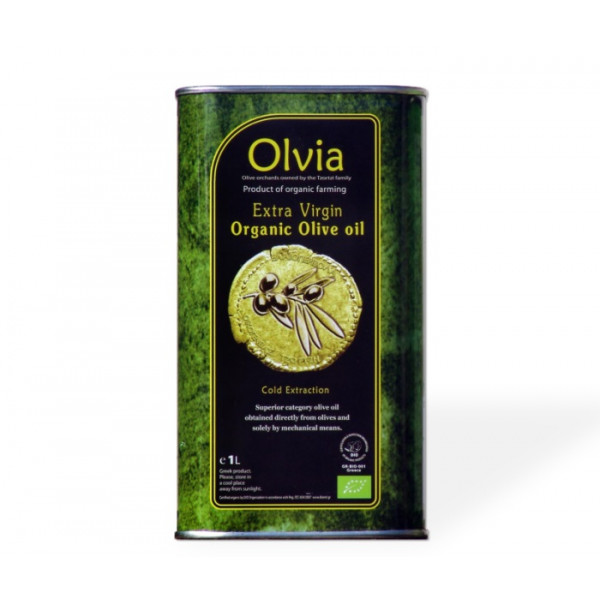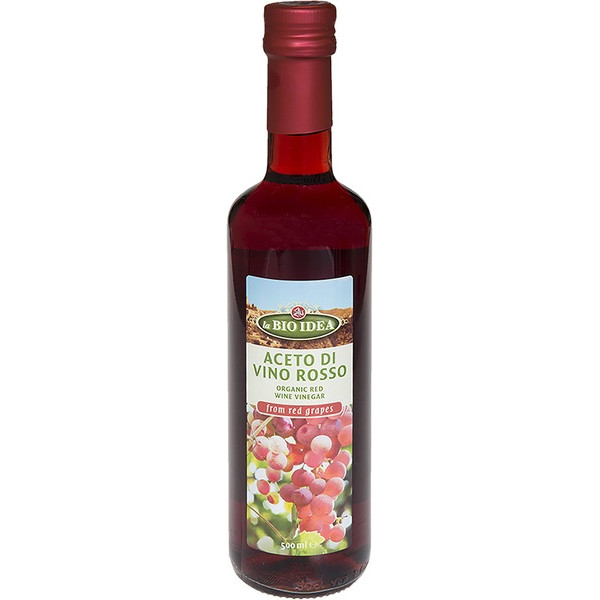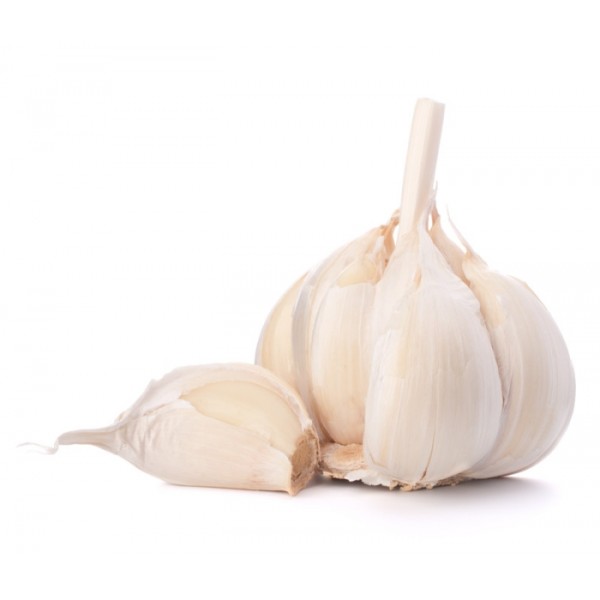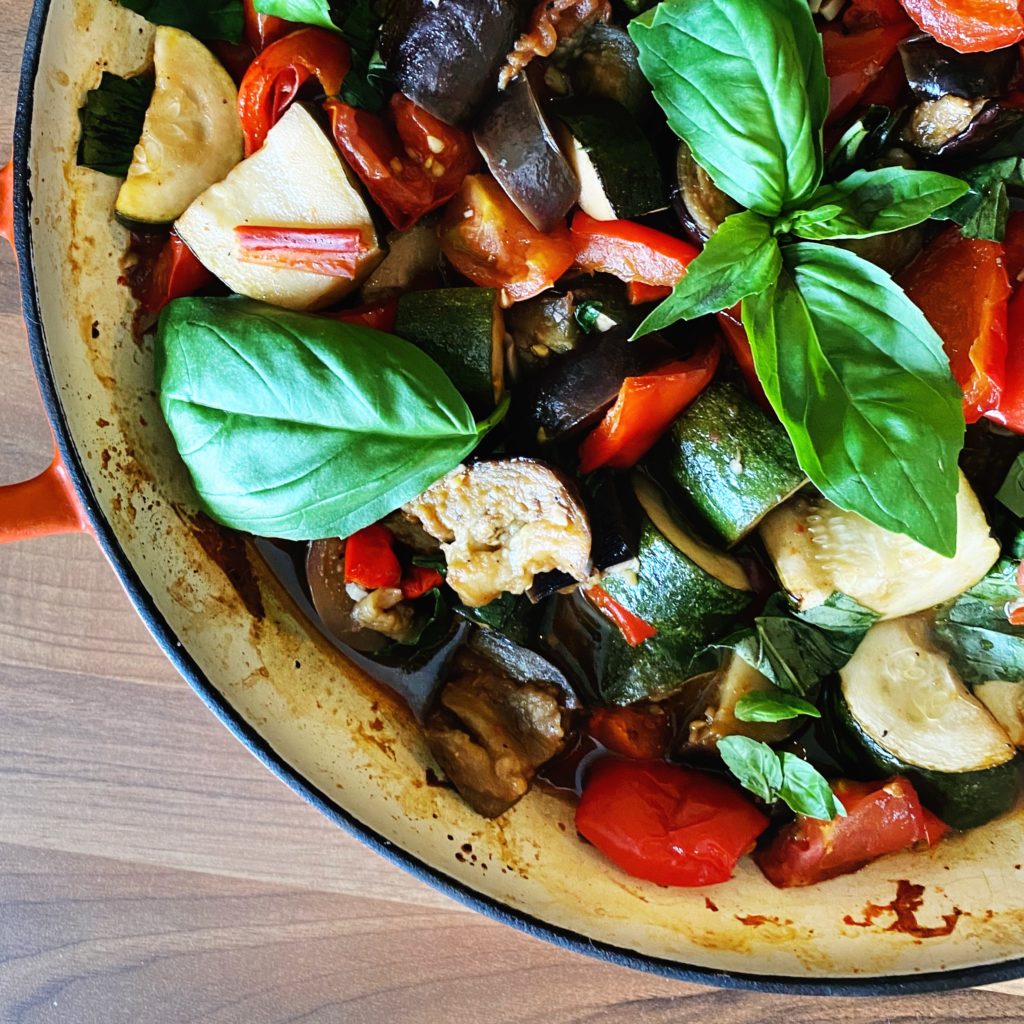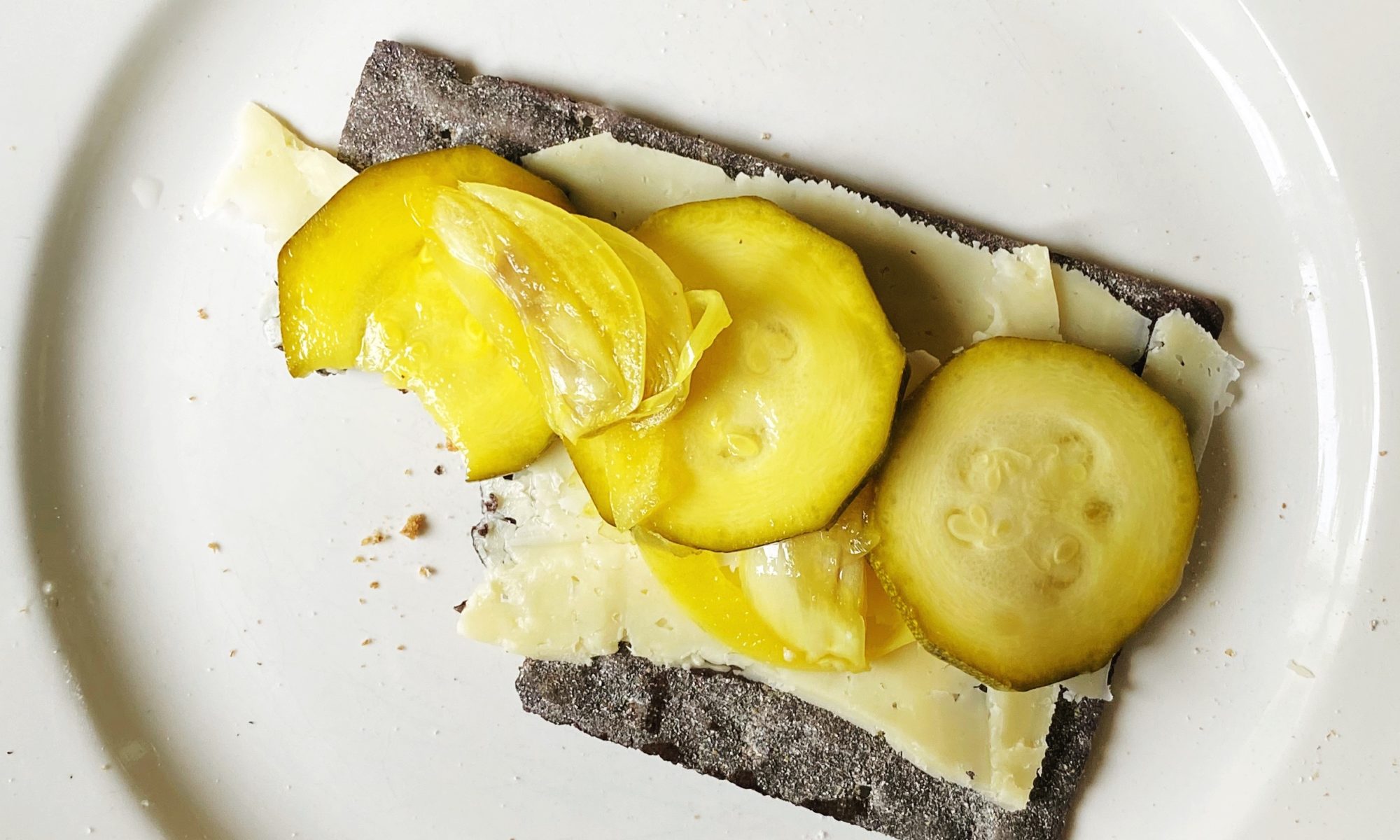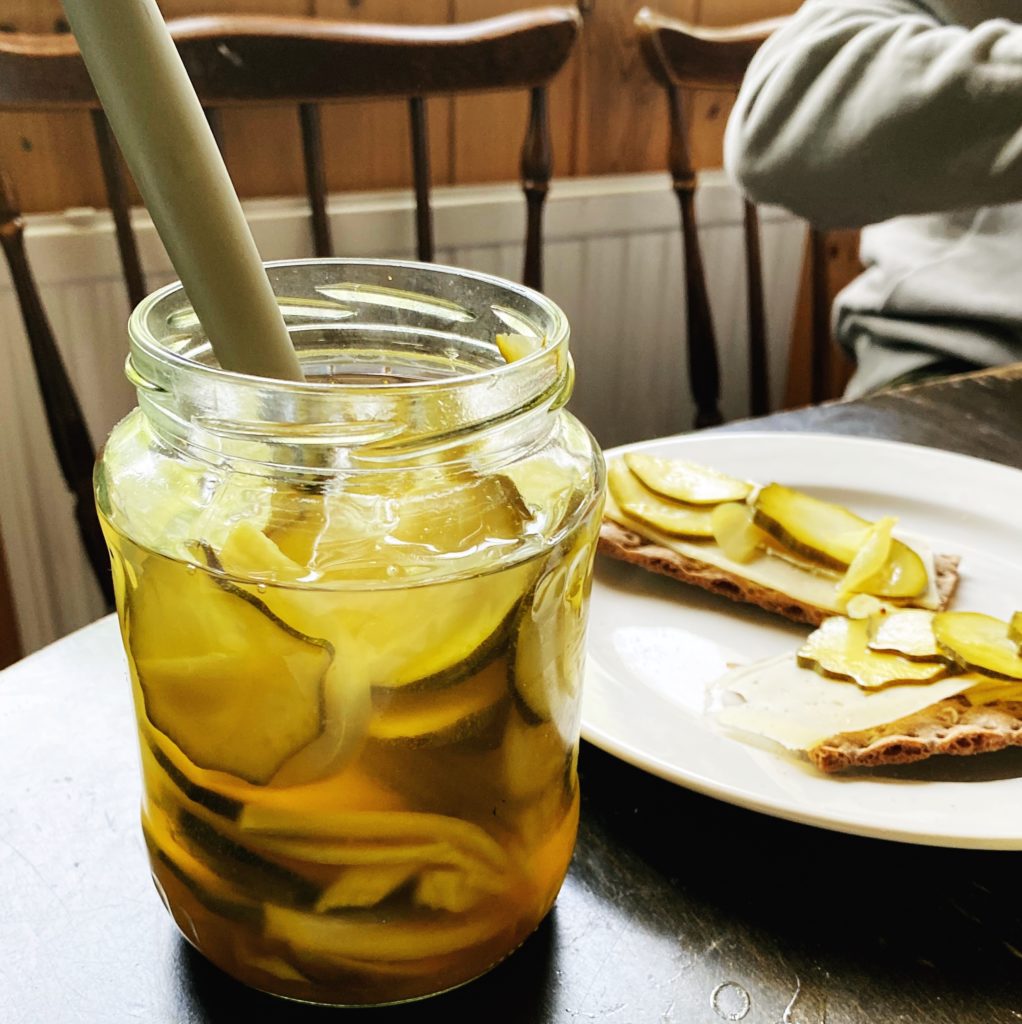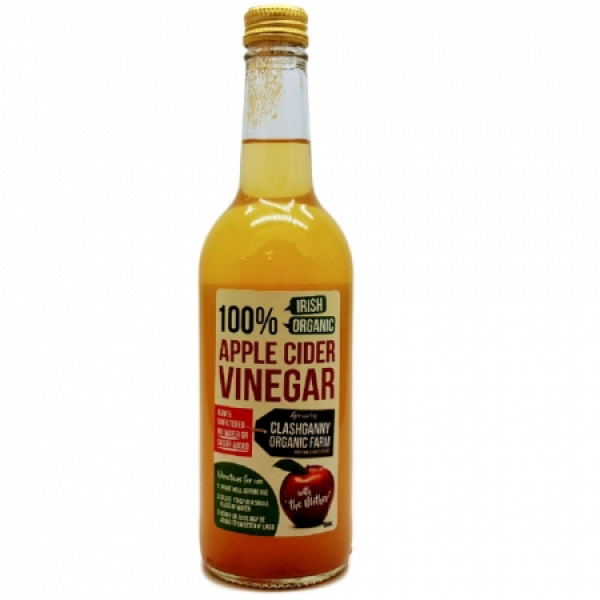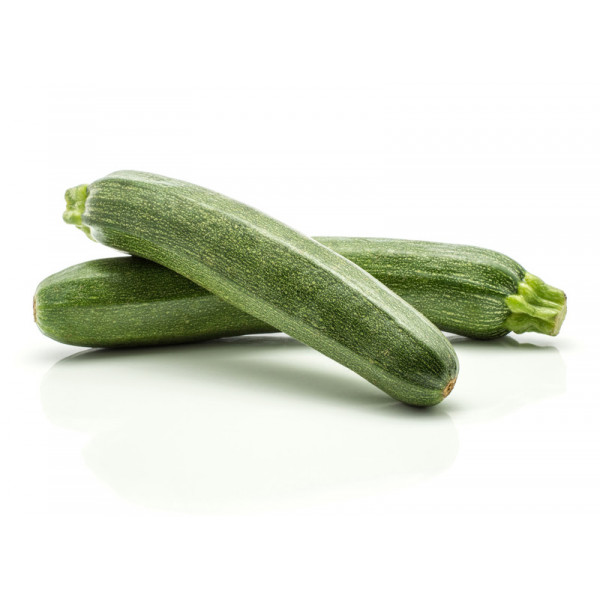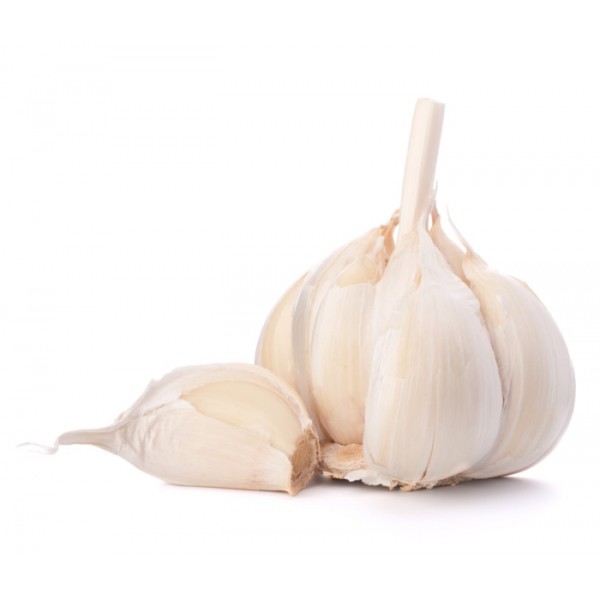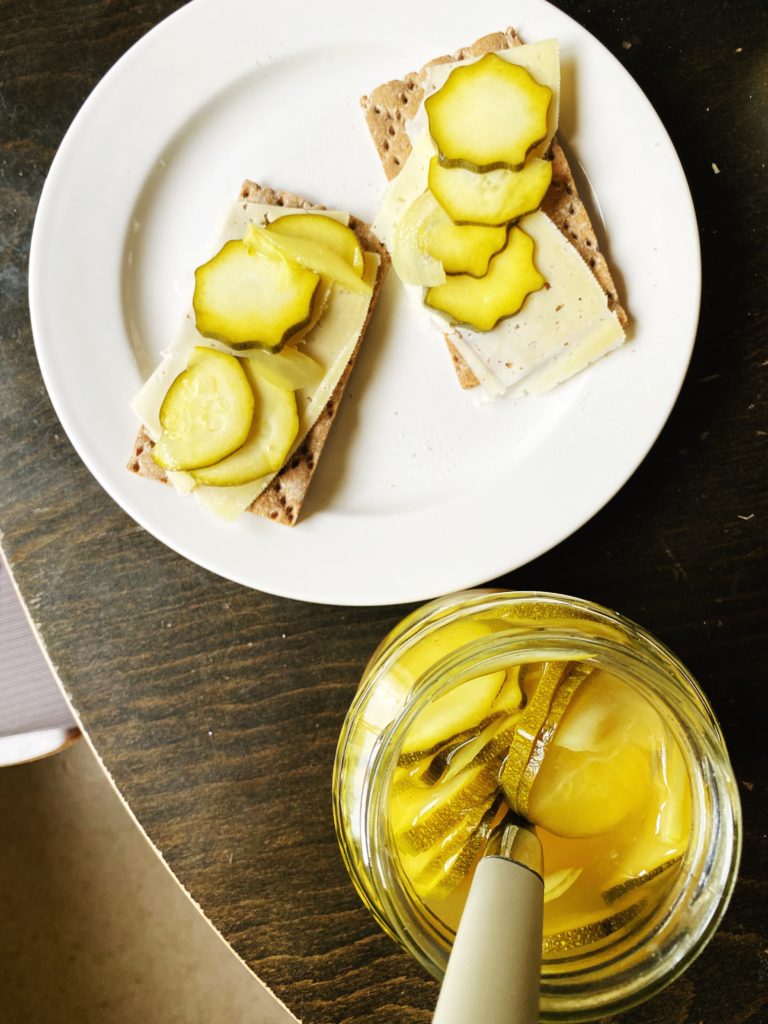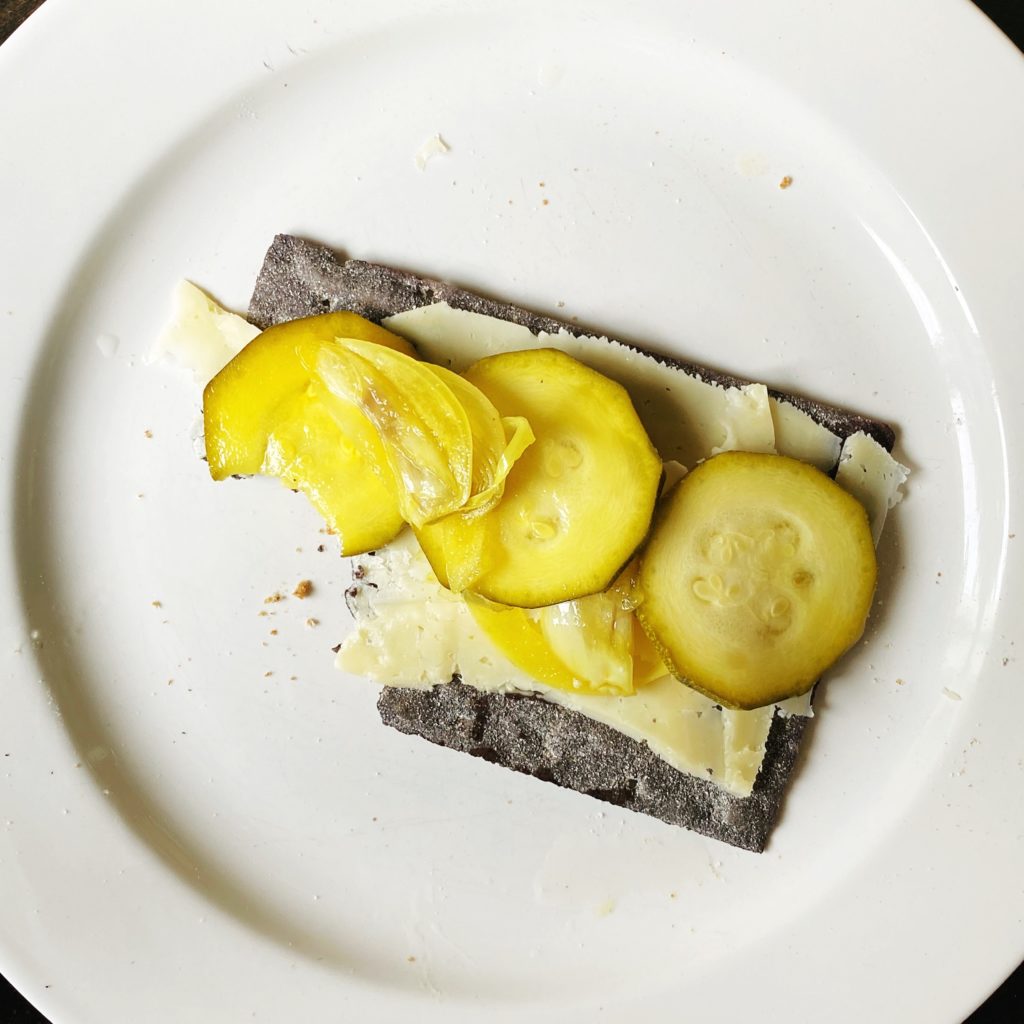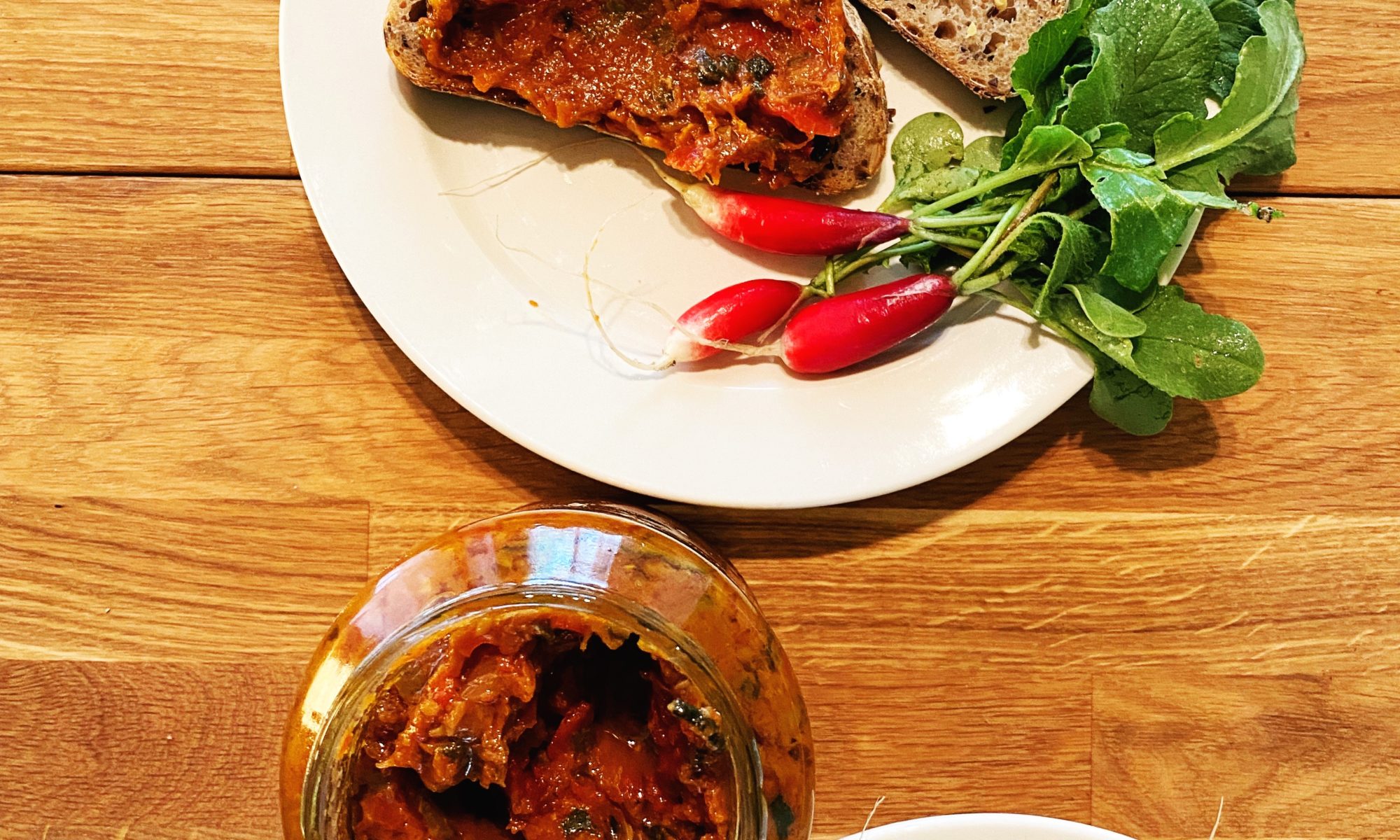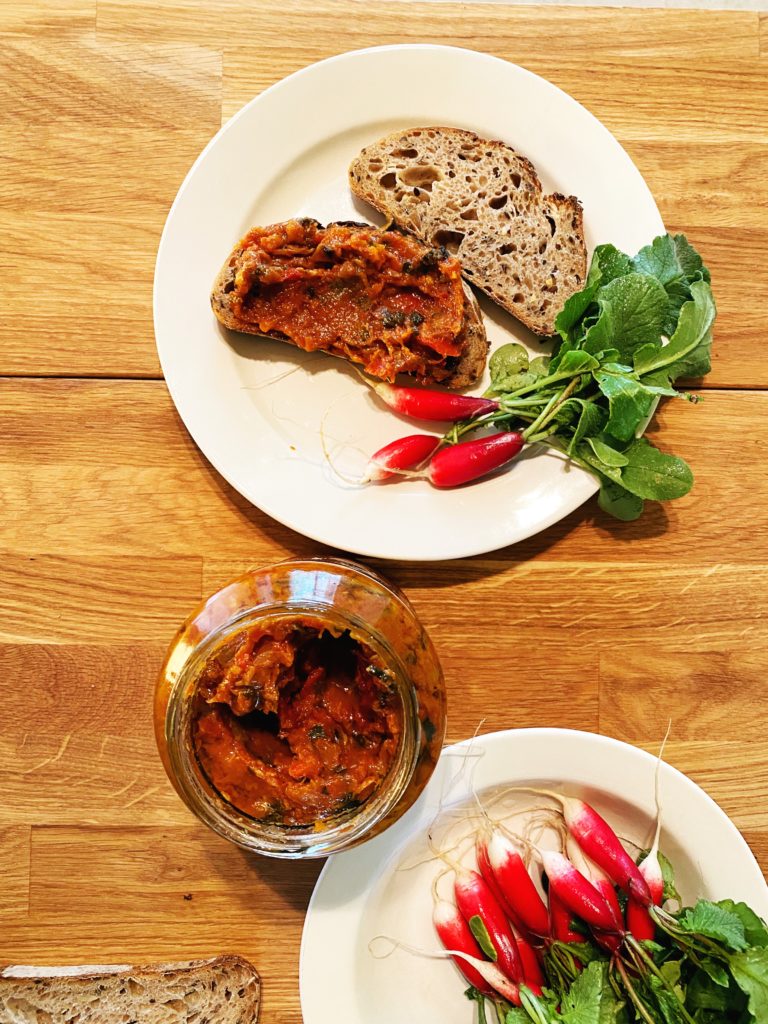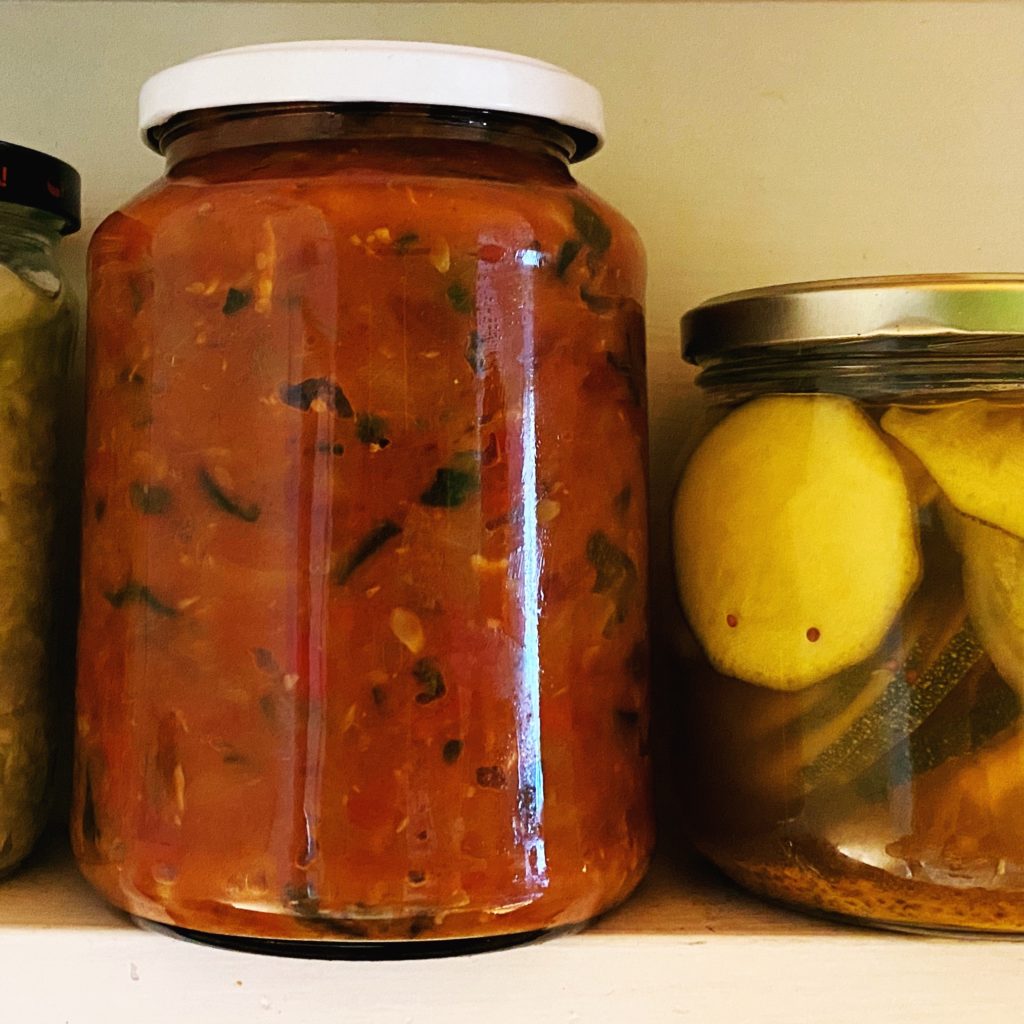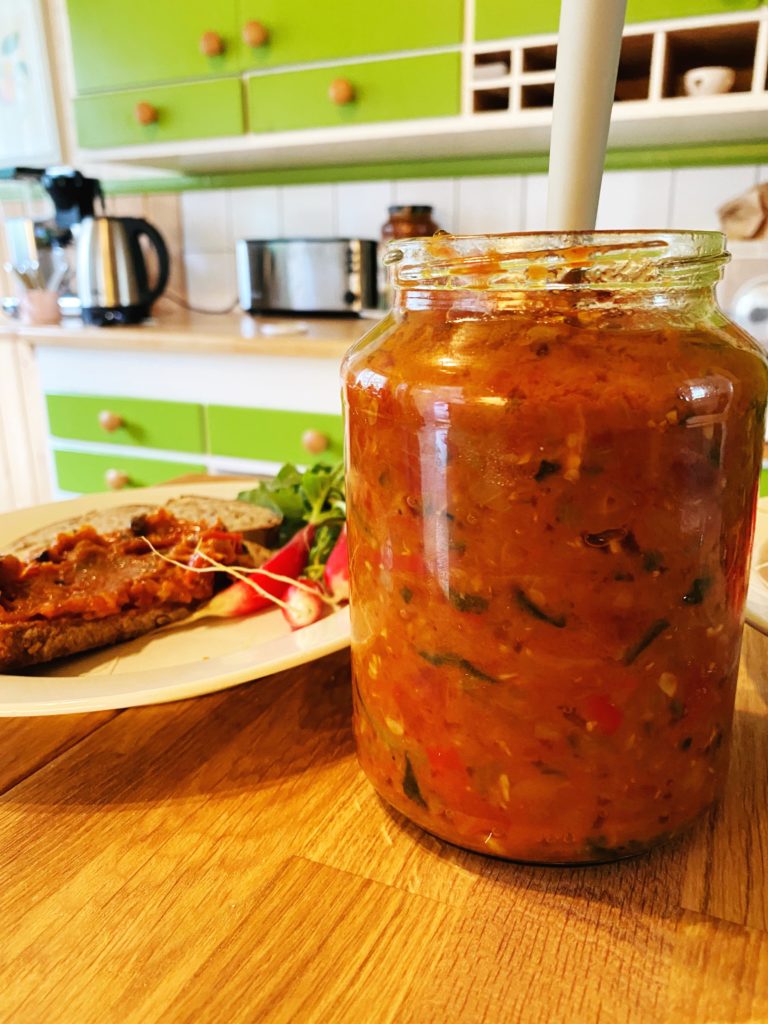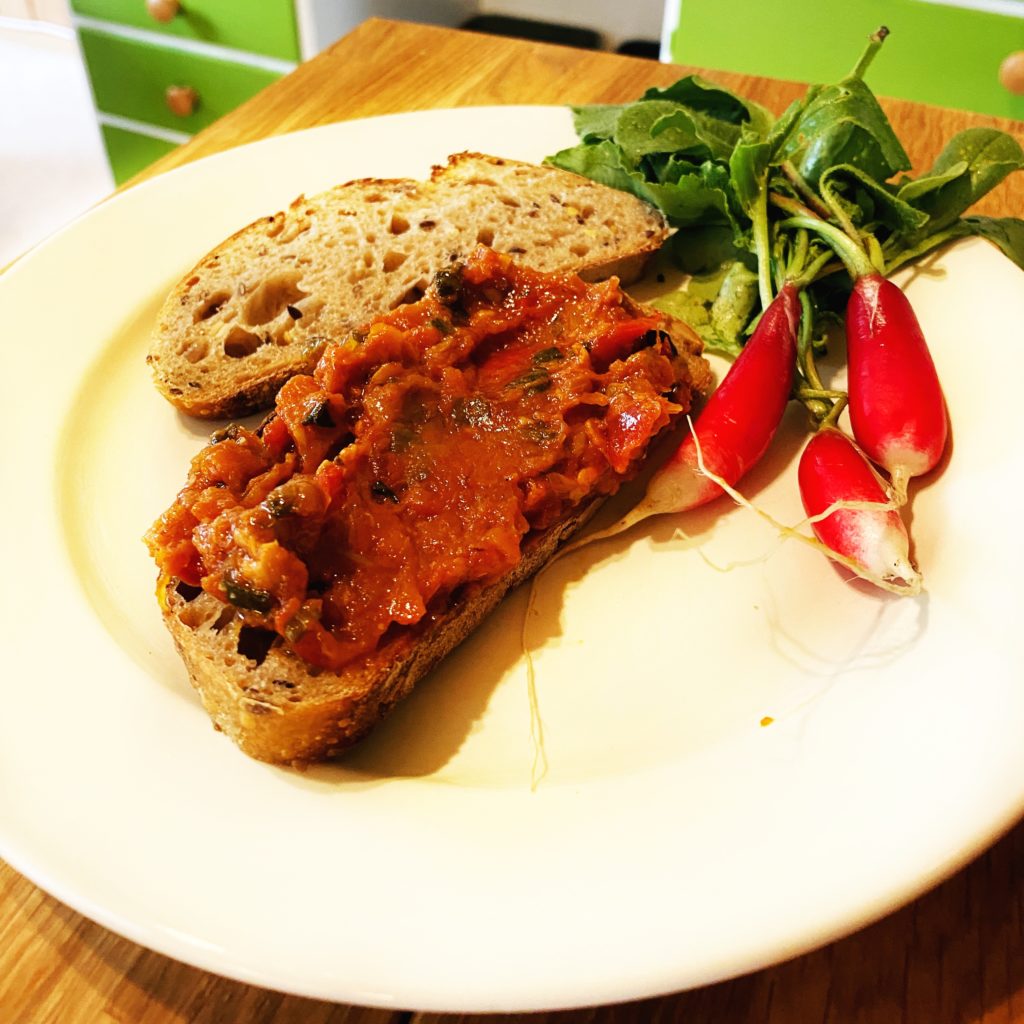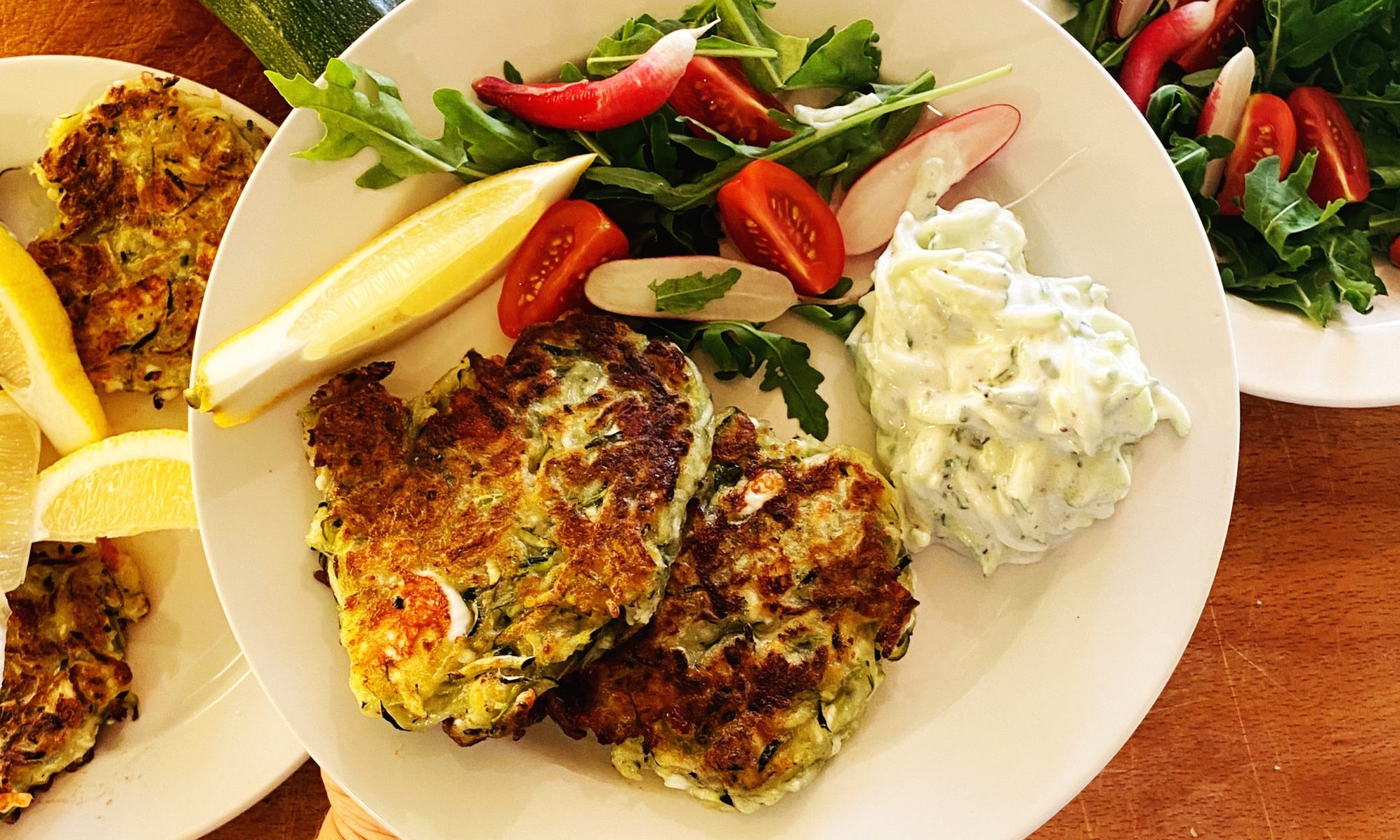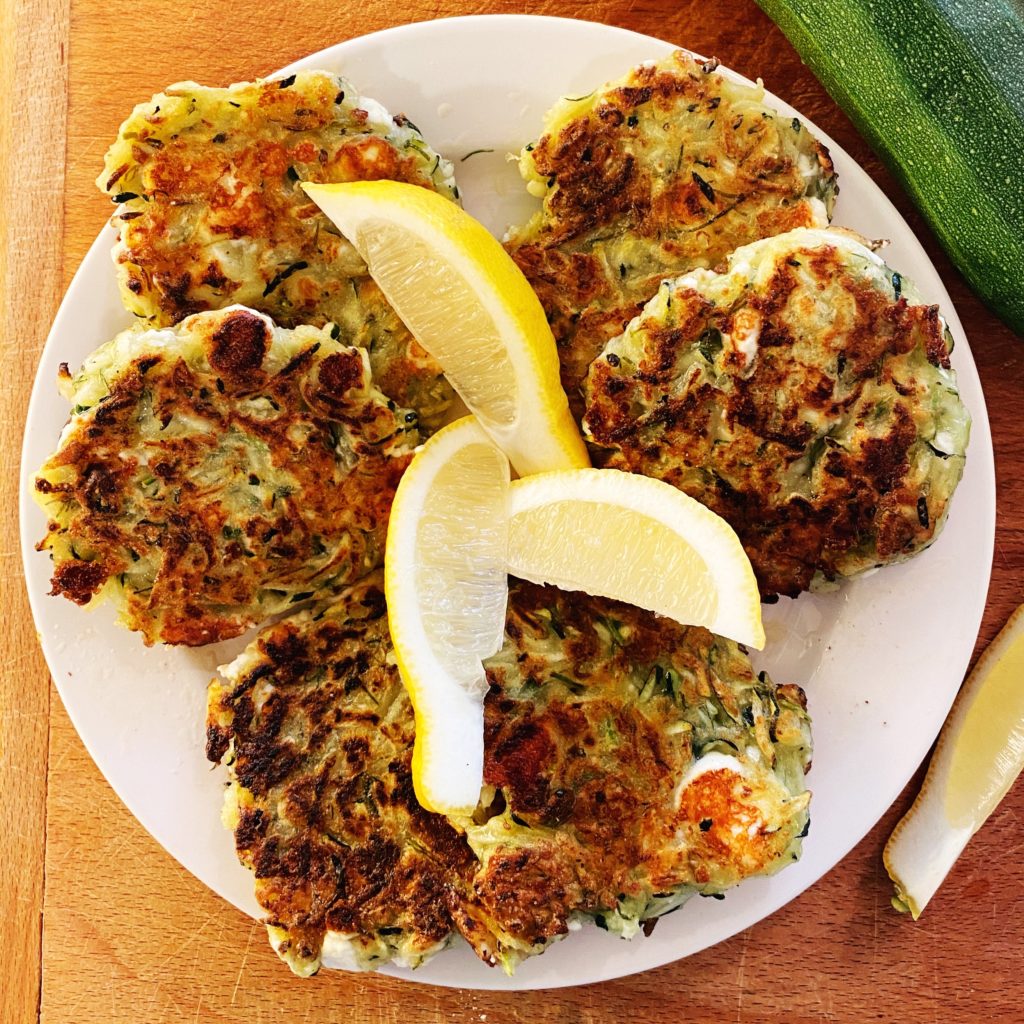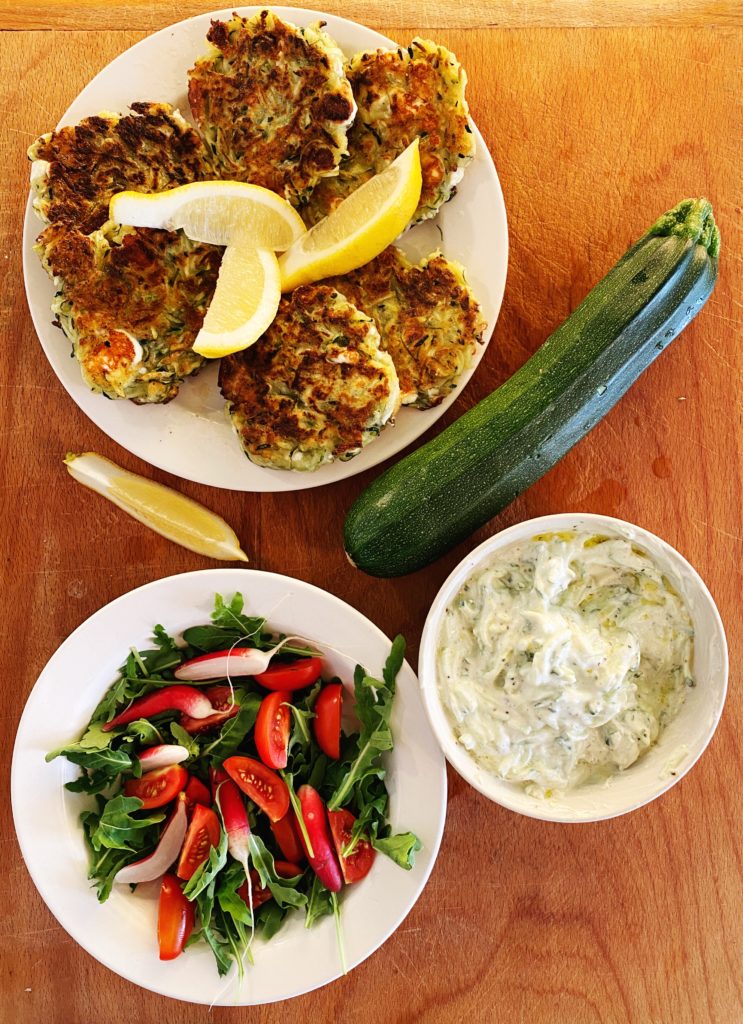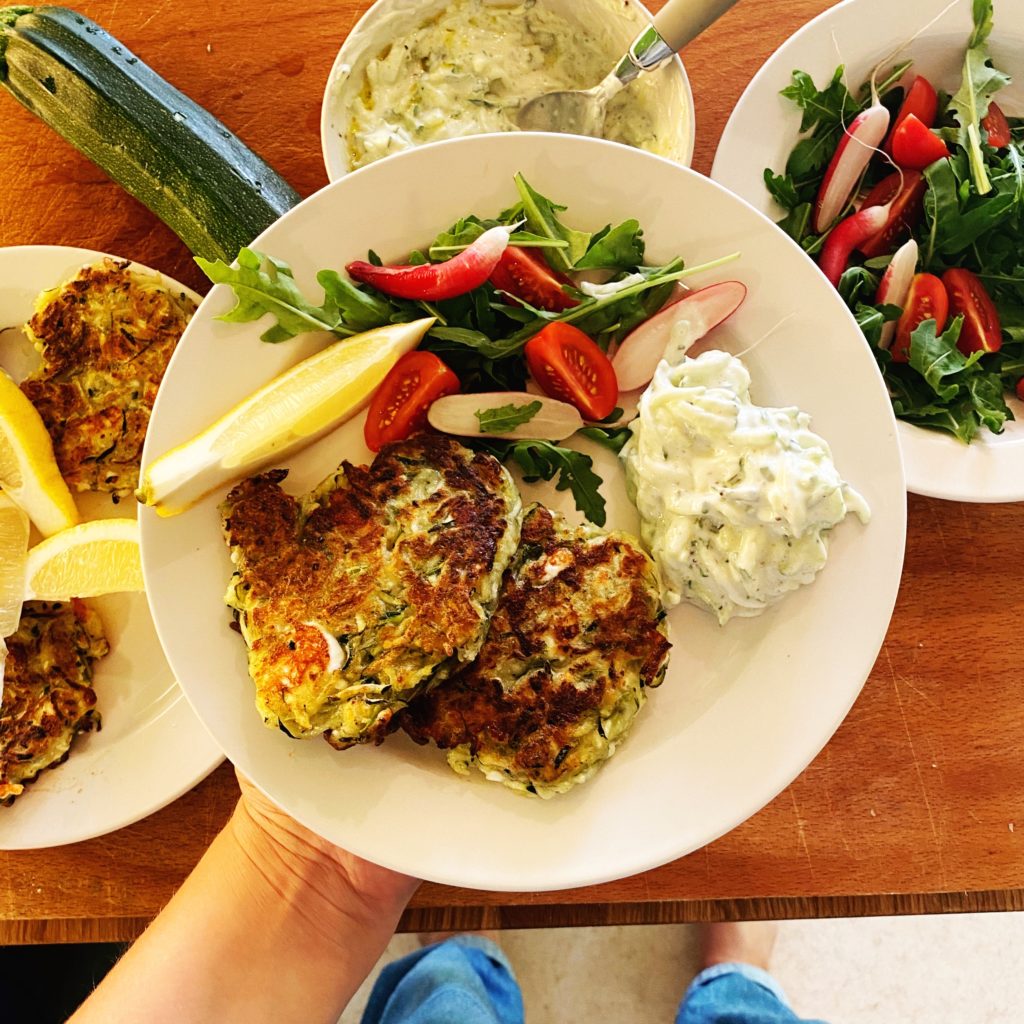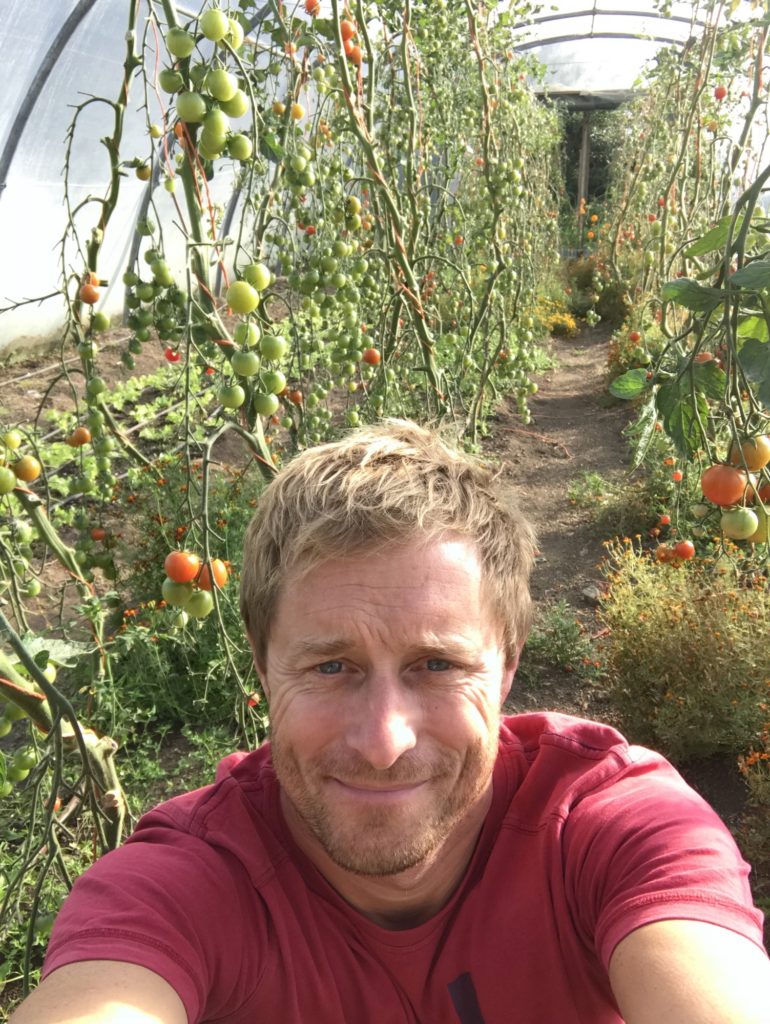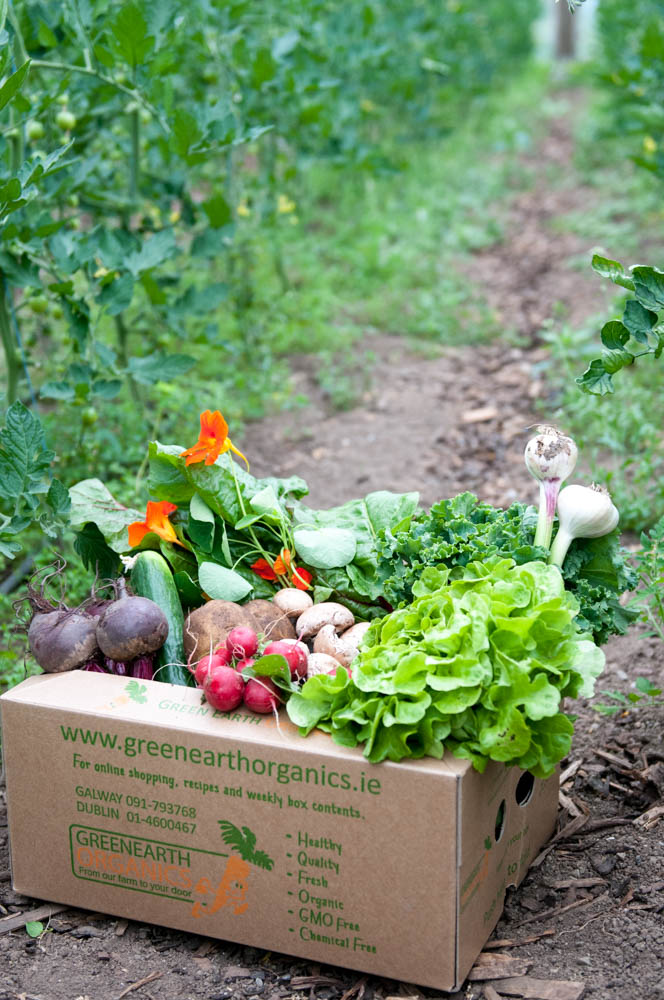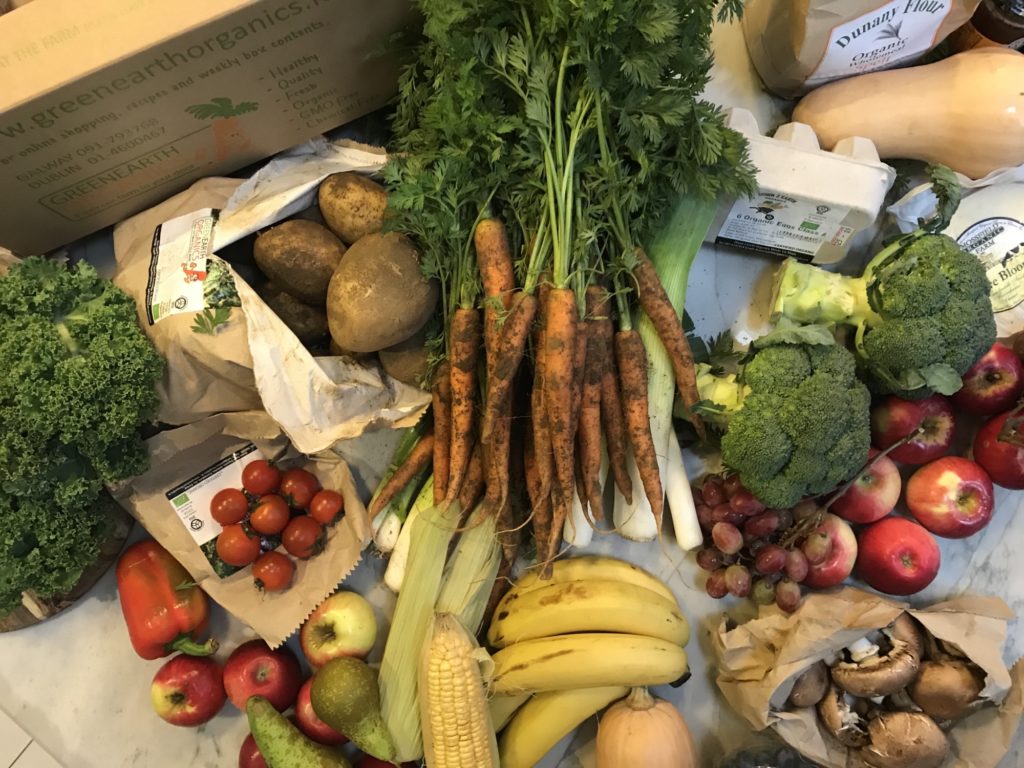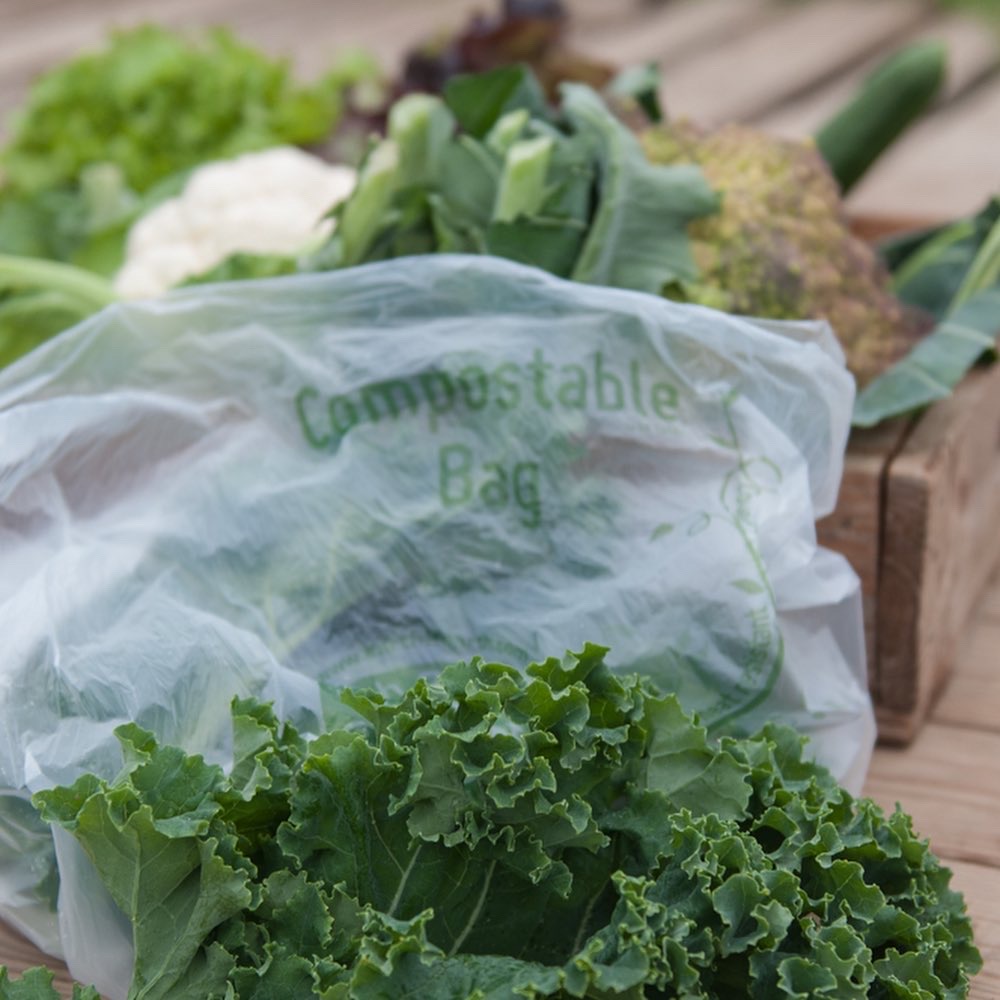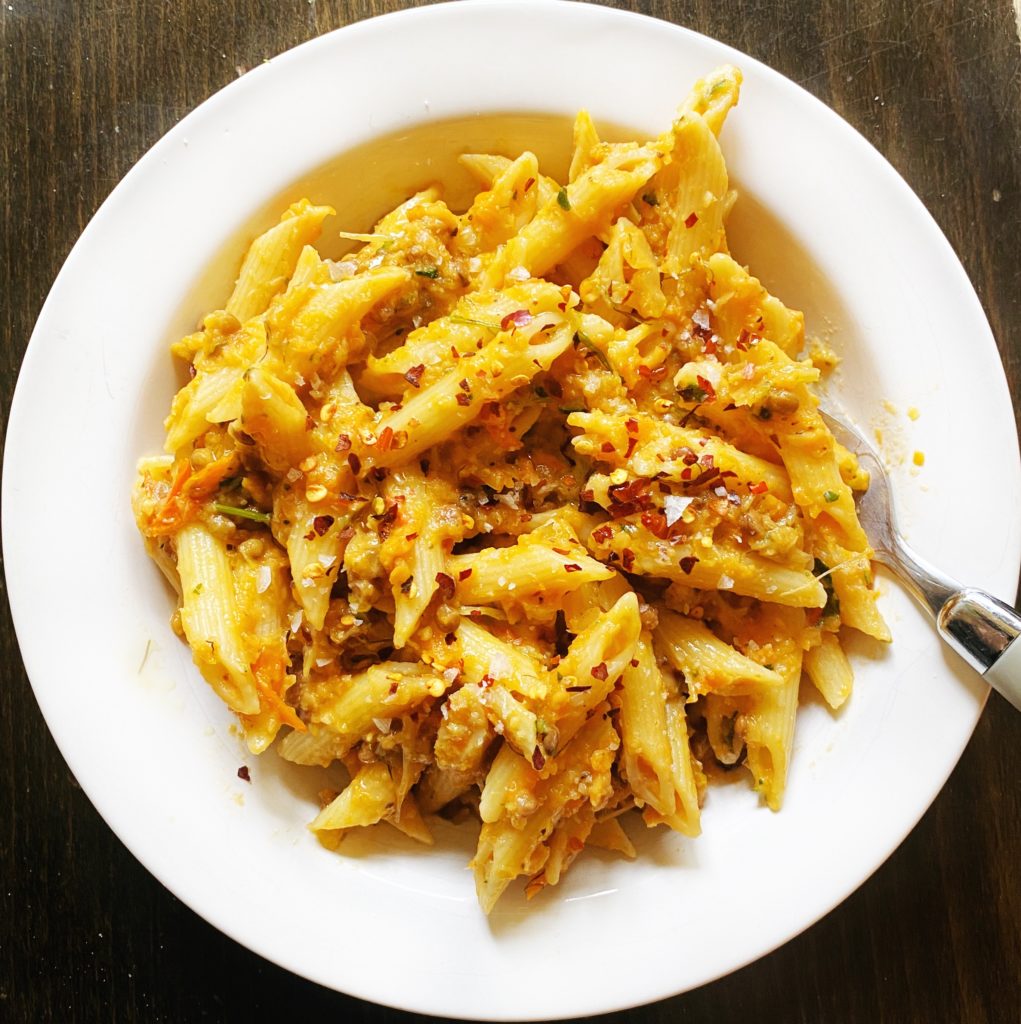
One of my go-to weekday dinner solutions, for those hectic days when the juggle between work-life and family-life has left you reeling, is to roast a big tray of vegetables and then while that’s cooking decide what to do with it. I usually turn it into pasta sauce or soup with the help of my handy stick blender and add some extra protein with a drained tin of beans or lentils. There is always the option to stir the roasted veggies through rice or add them to tacos or a make a warm salad by tossing them through a drained tin of cooked pulses (our organic range from Bunalun is so handy). Roasting vegetables makes them sweeter and more delicious and our farm grown fennel and tomatoes are just *made* for pasta.
Like most of my recipes, this is a flexible affair. Make it smooth or chunky, don’t worry too much about the ratios of the different vegetables. Make do with what you have and if in doubt, add a tin of chopped tomatoes. Liz x
Ingredients (serves 4 generously)
- 2 fennel bulbs (roughly chopped, fronds kept to one side to use fresh as a herb)
- 250g tomatoes (roughly chopped)
- 1/2 a bulb of garlic (peeled and chopped)
- 1 onion (peeled and chopped)
- optional extra vegetables like courgette, peppers, carrots…(roughly chopped)
- olive oil for roasting – about 4 tbsp
- salt and pepper to taste
- 1 tbsp fennel seeds
- optional drained tin of green lentils
- pasta to serve
- optional chilli flakes and extra virgin olive oil to serve
Method
- Turn your oven on to 200C and find your largest oven tray.
- Roughly chop all the vegetables and scatter them onto the tray.
- Drizzle generously with good olive oil and season with salt, pepper and fennel seeds.
- Use your hands to mix the vegetables, oil and seasoning well, then pop the tray into the oven to roast the vegetables while you cook some pasta (we stock a range of brilliant organic pastas, including gluten free varieties, which you can add to your veg order).
- After 20 minutes, the vegetables should be soft and starting to caramelise. If you used a smaller tray then it will take longer and you should stir them occasionally to ensure they all catch some direct heat.
- Carefully tip and scrape the roasted vegetables into a deep container. I like to use a sauce pot so that I can easily re-heat the sauce if needed. Then using a stick blender, blend the vegetables into a sauce. You can make it perfectly smooth or leave some texture and chunks, however you prefer it is fine! Or add some vegetable stock to loosen the sauce into a soup?
- Add the chopped reserved fennel fronds if you like that fresh, aniseed flavour. For extra protein and fibre, add a drained tin of lentils or white beans to the sauce.
- Stir through freshly cooked pasta and serve. I always put extra virgin olive oil, flakey salt and chilli flakes on the table too with this dish. Enjoy!
